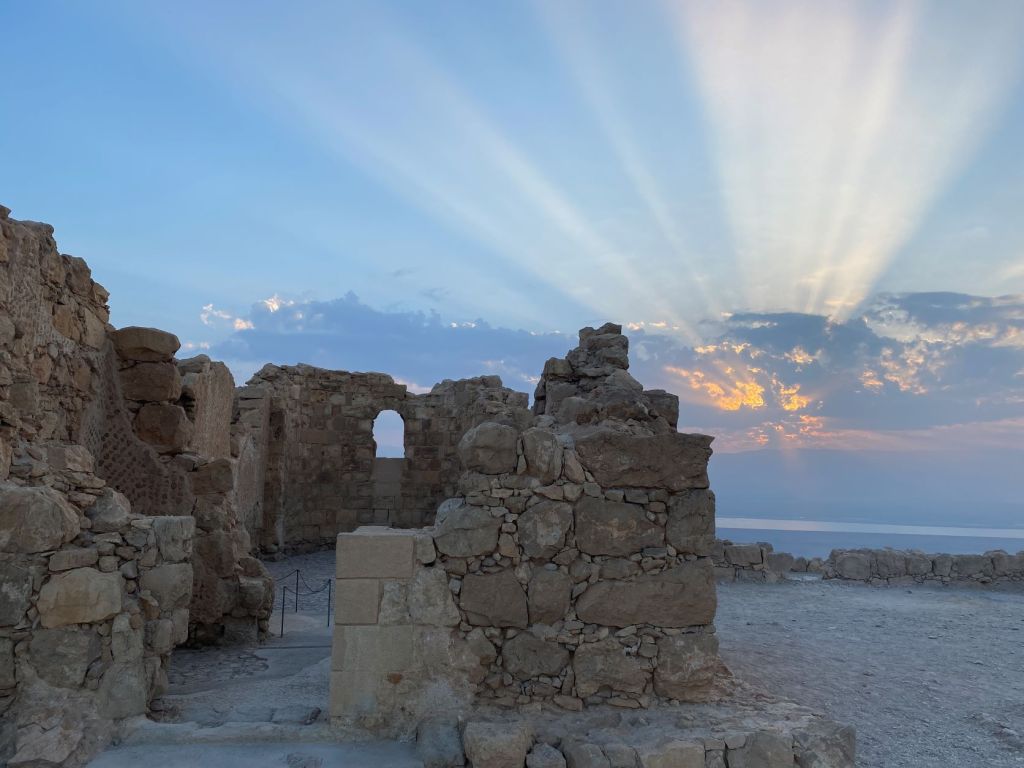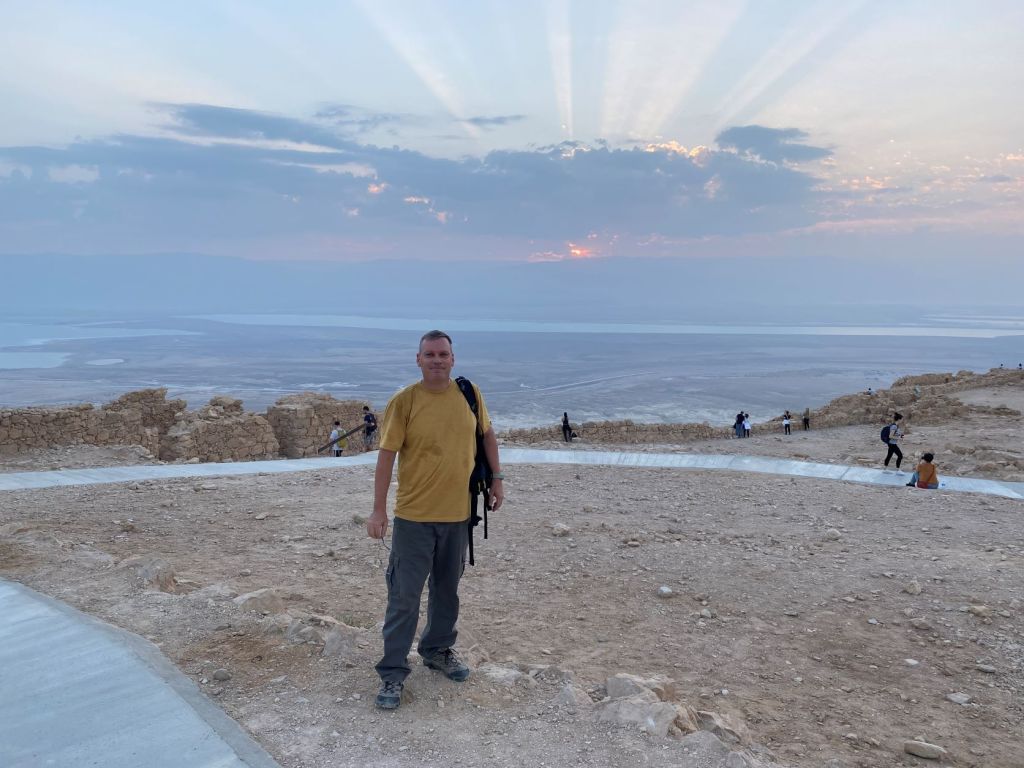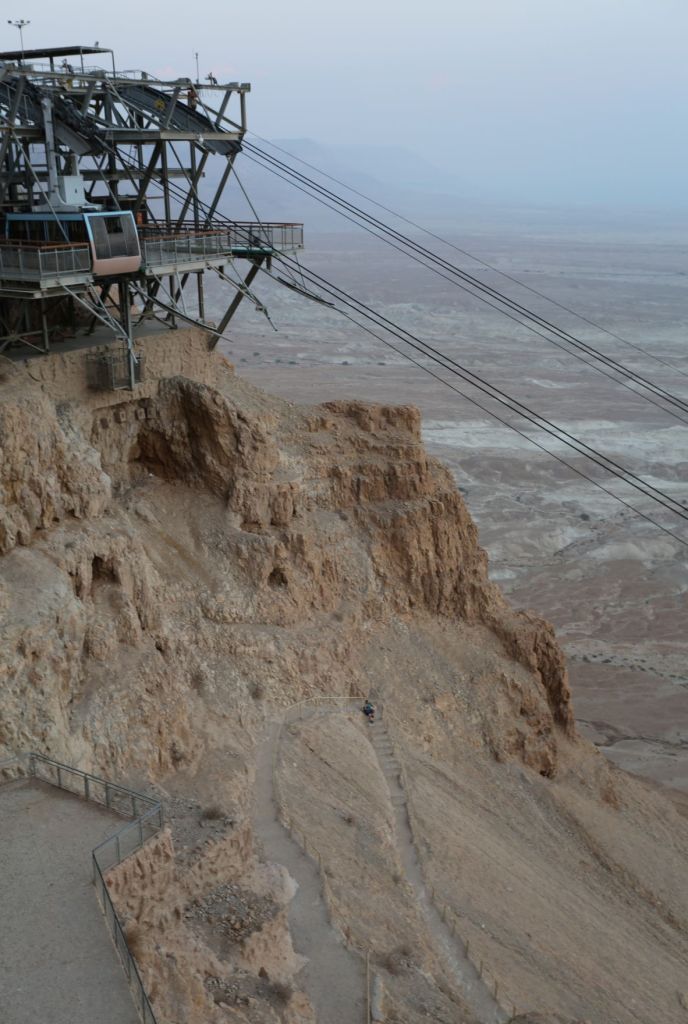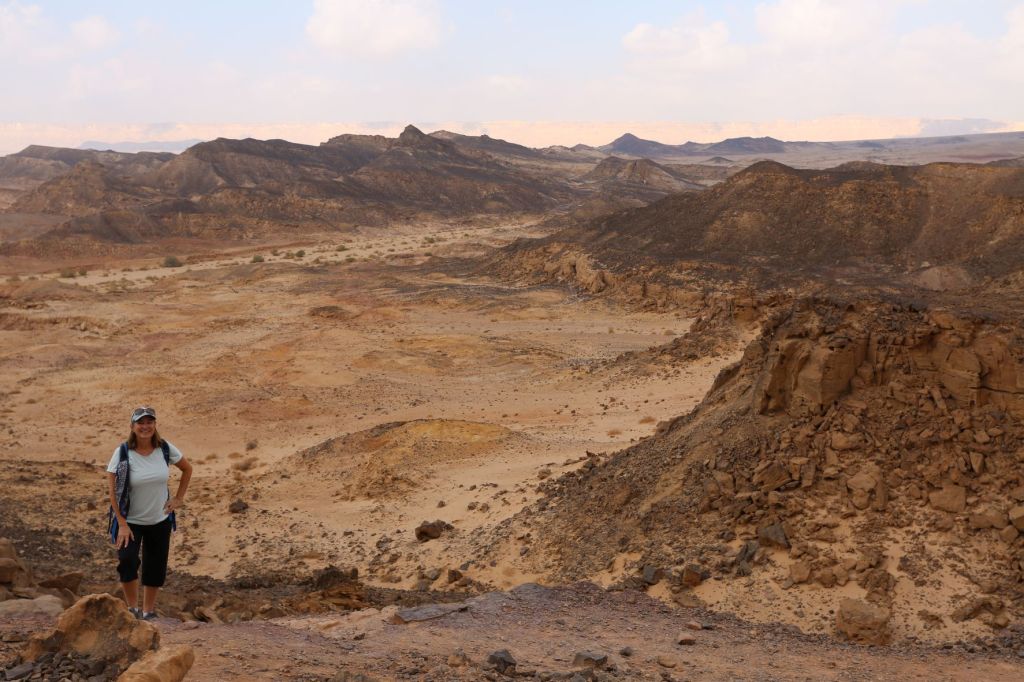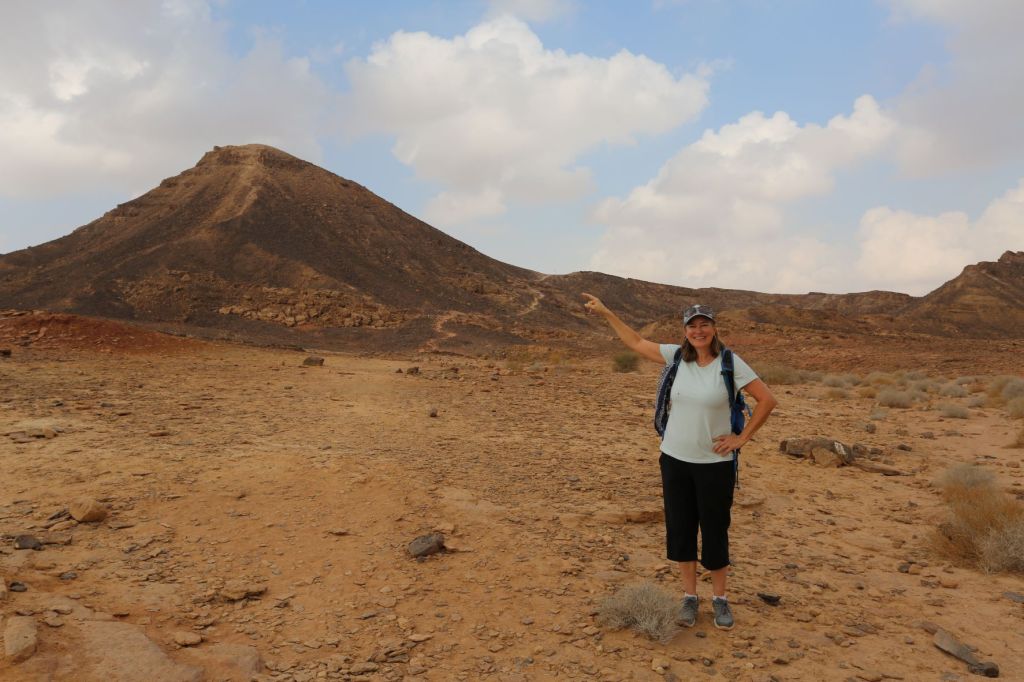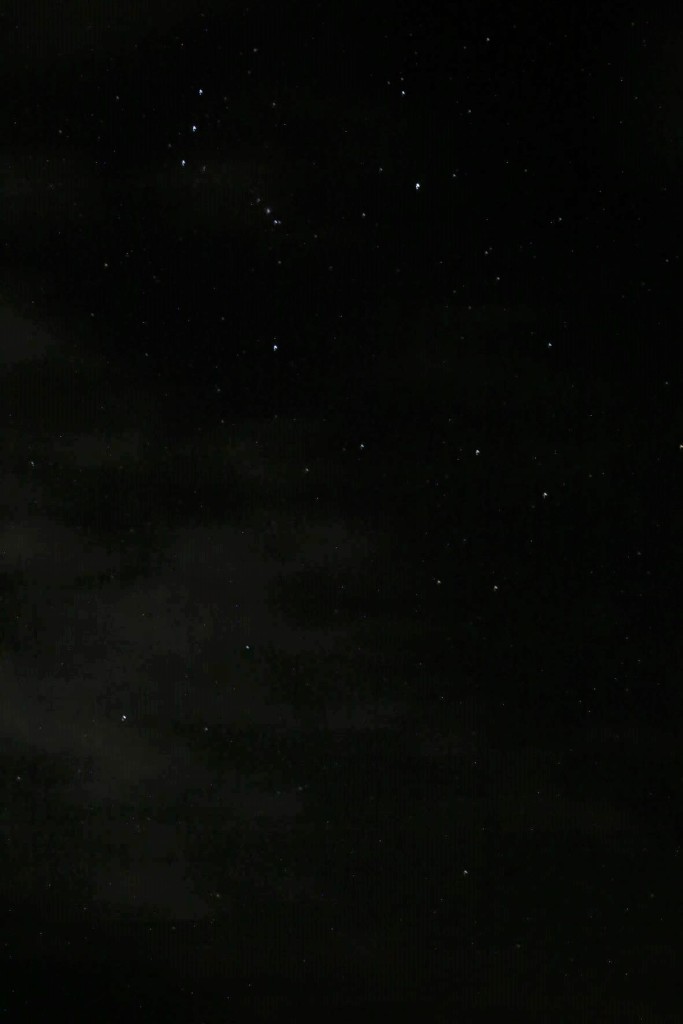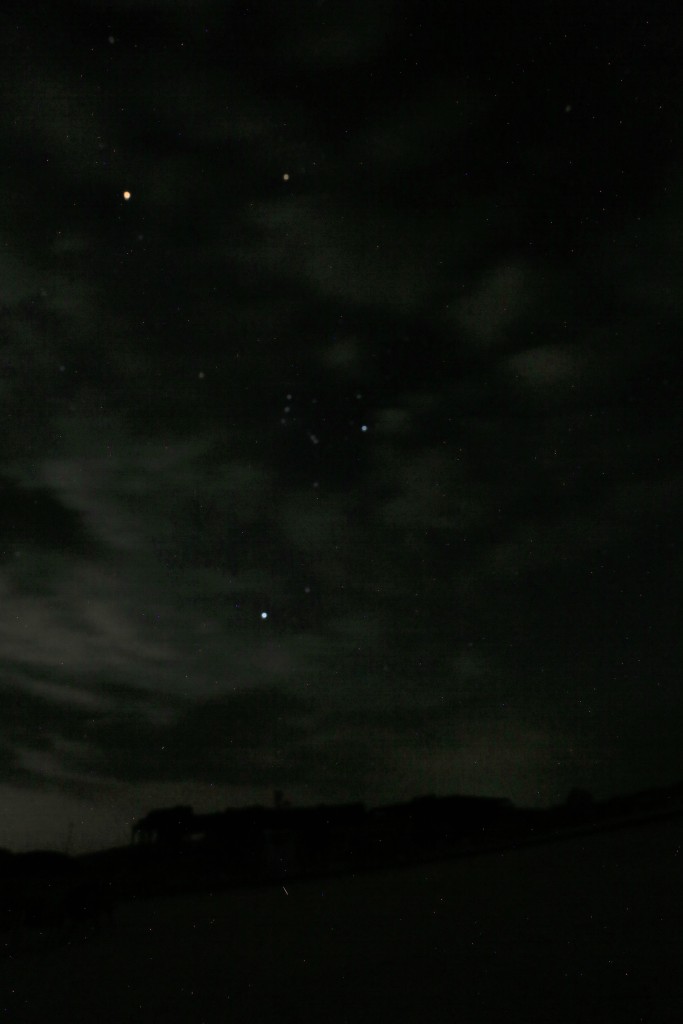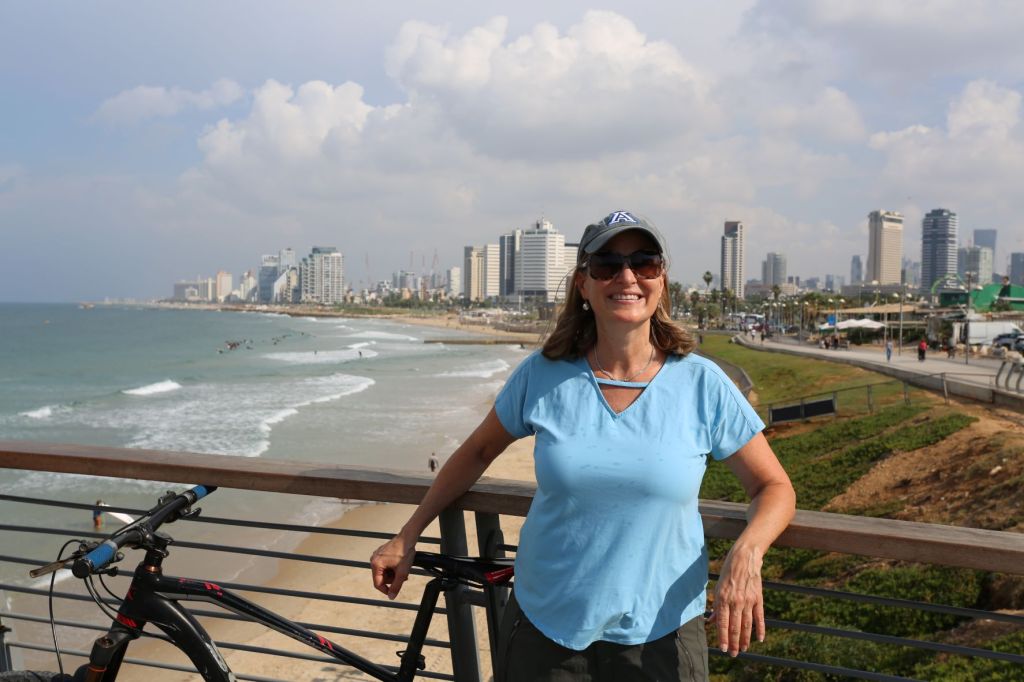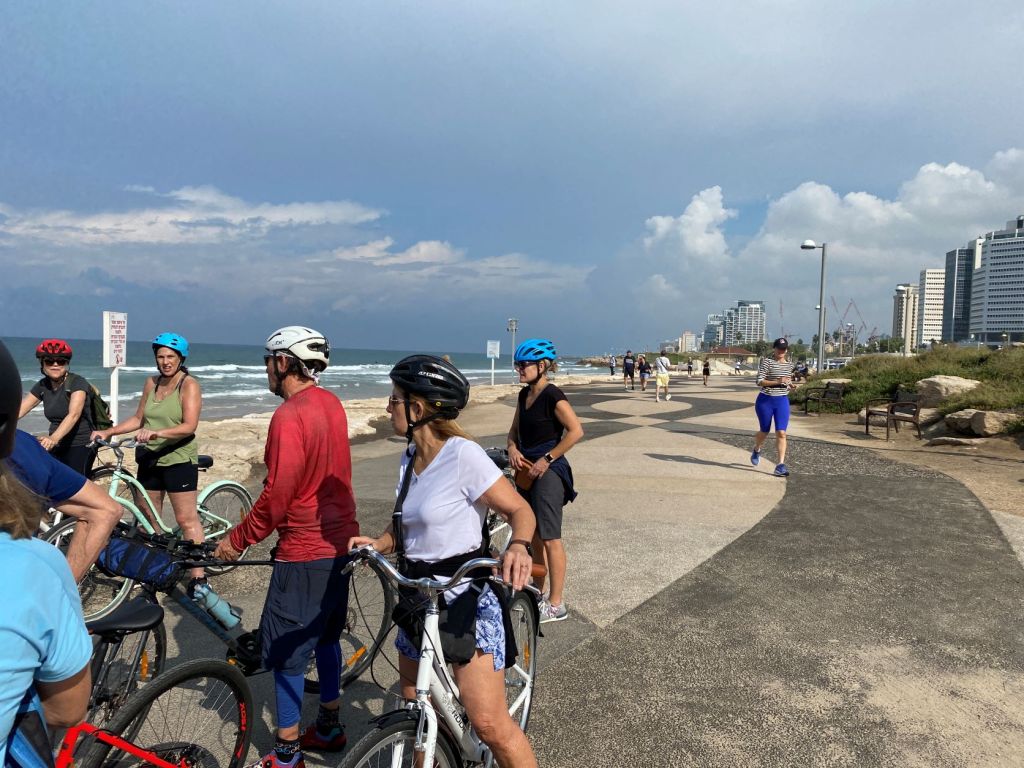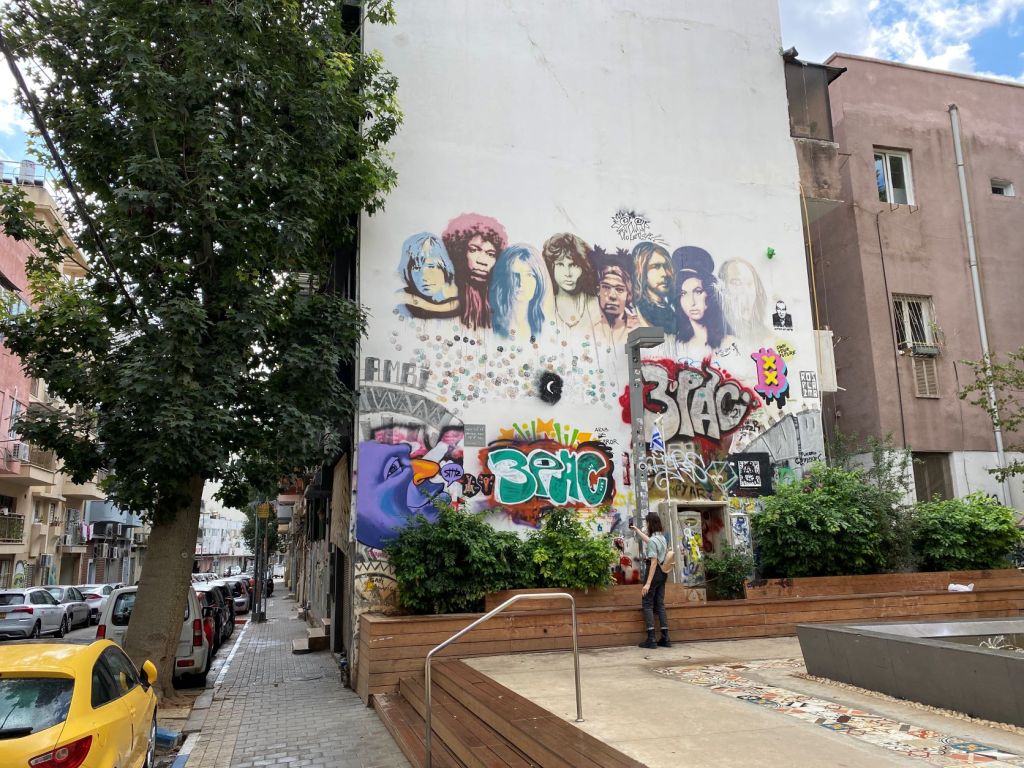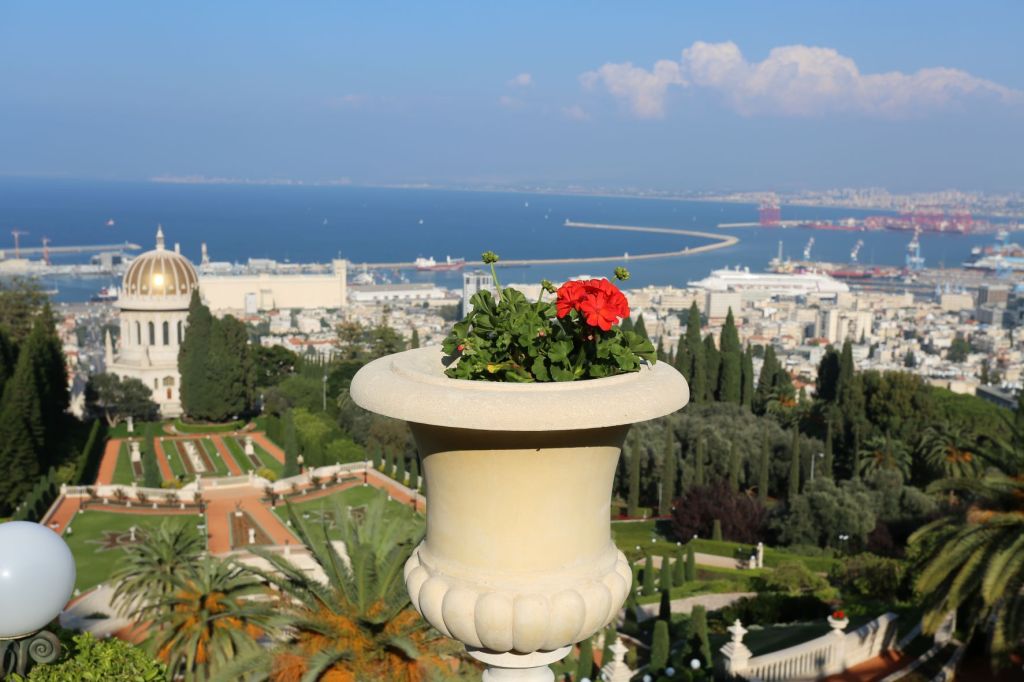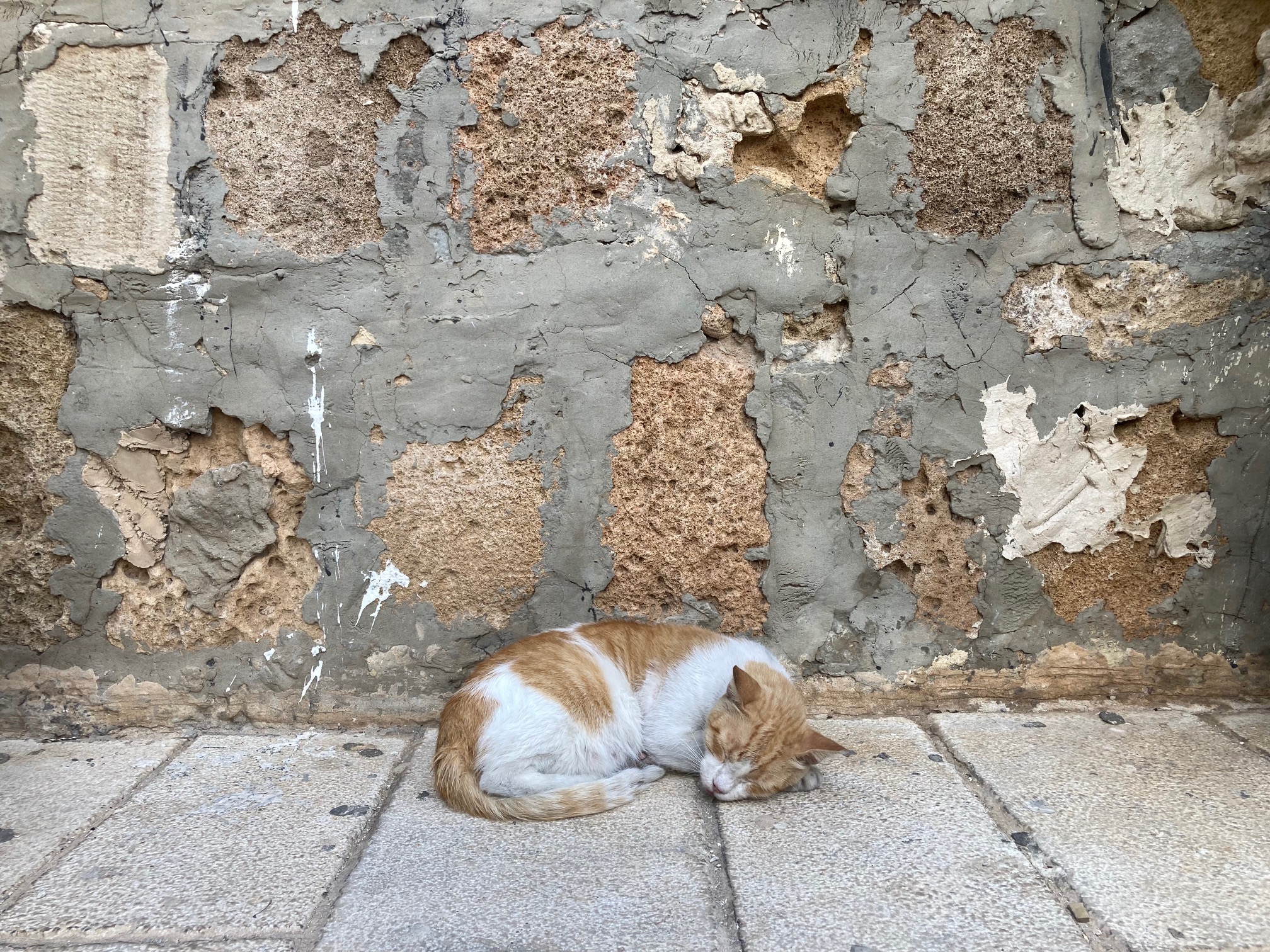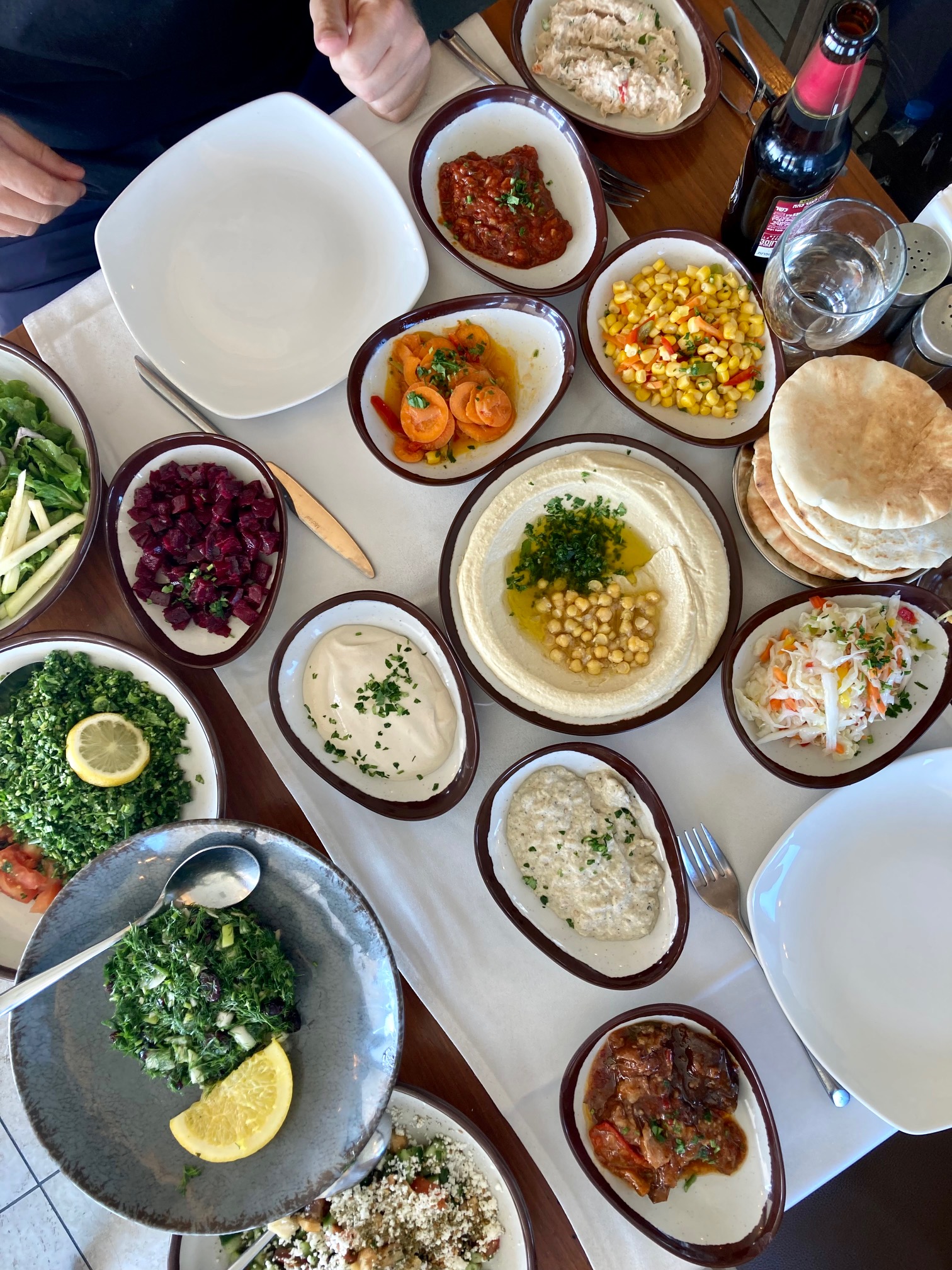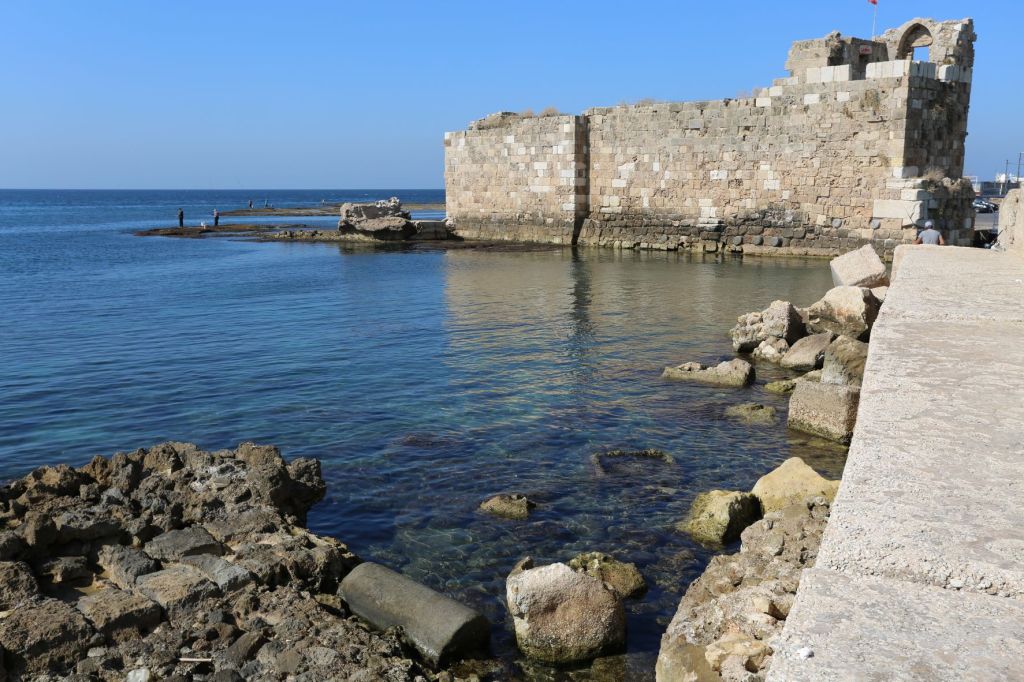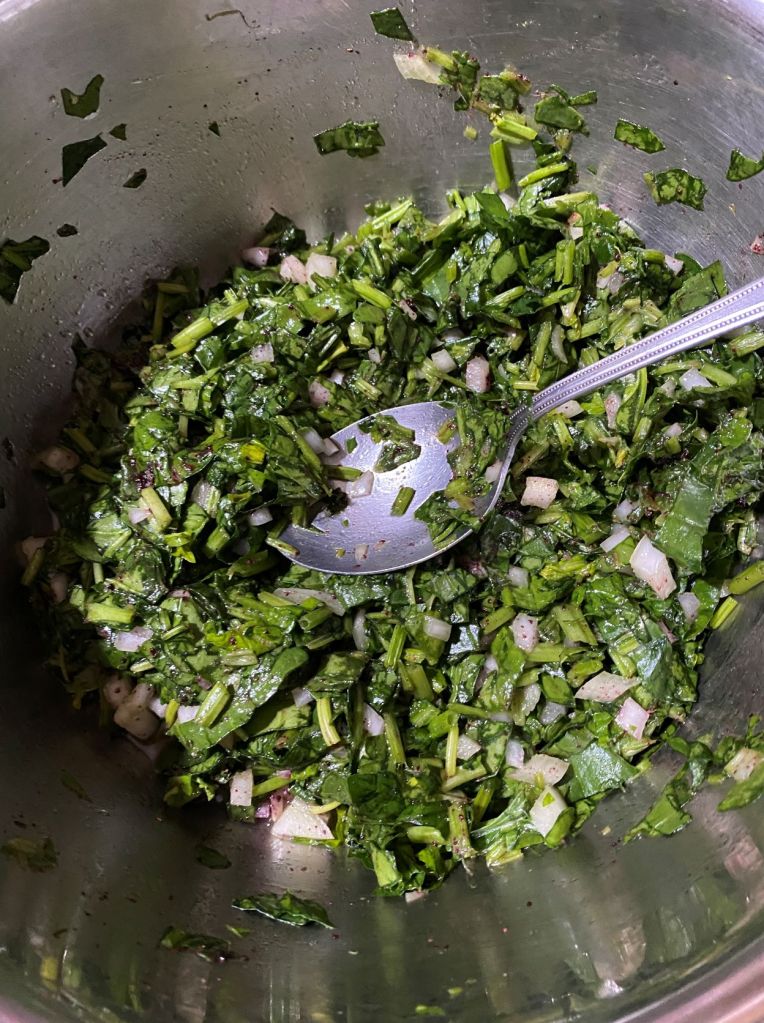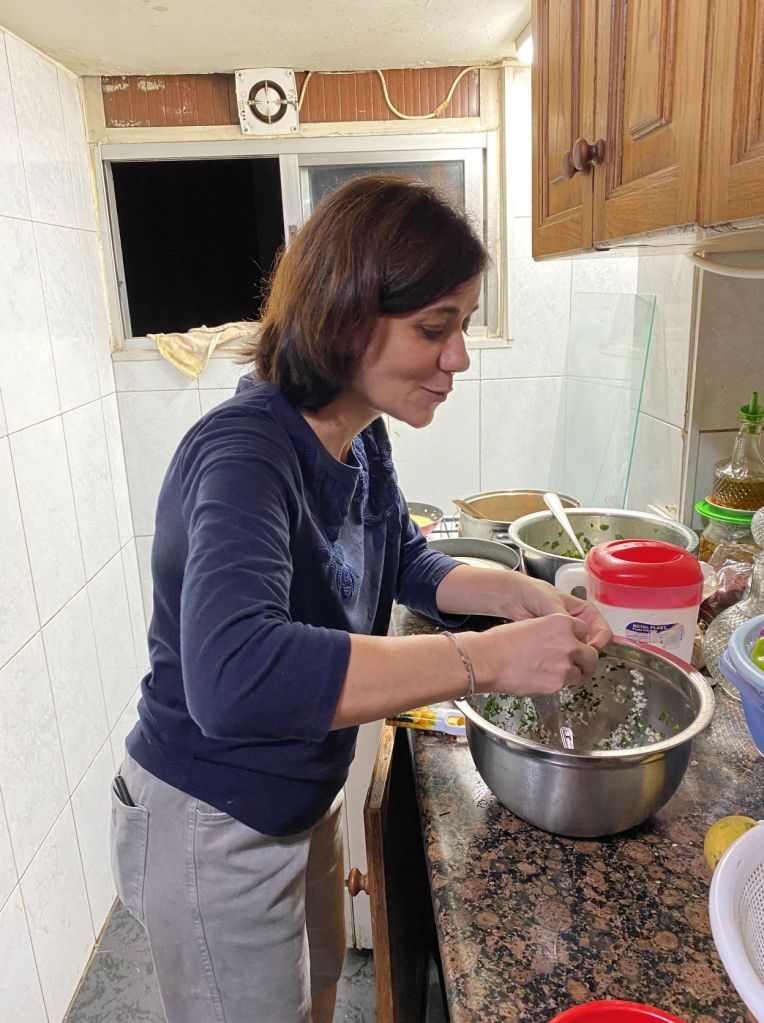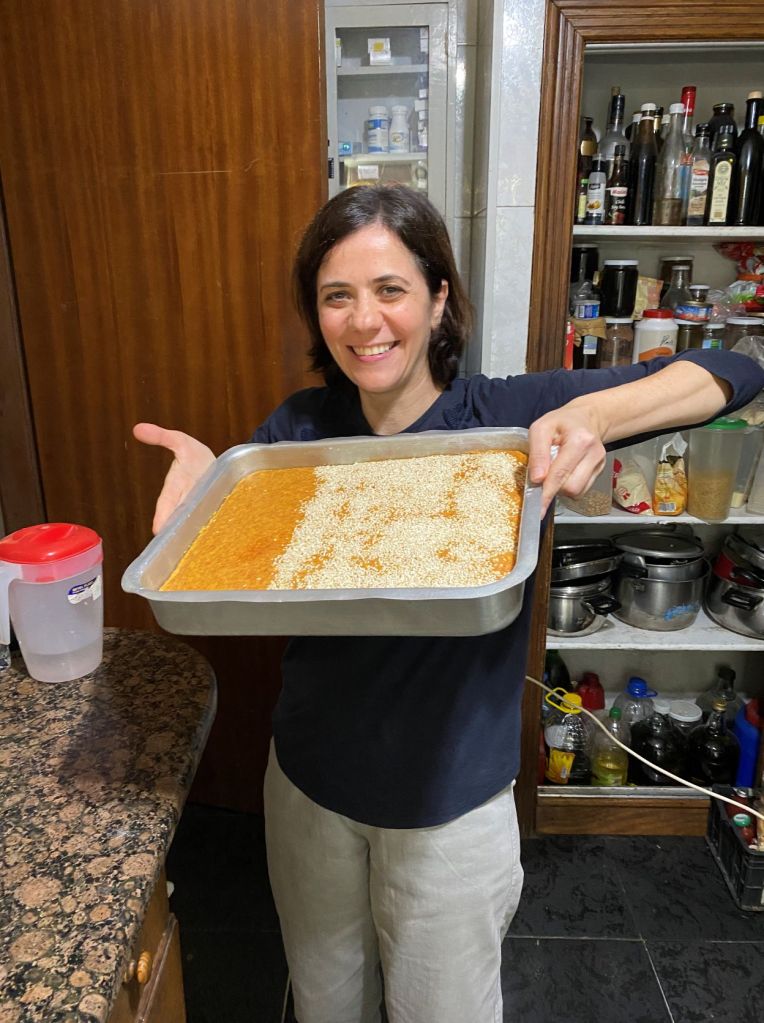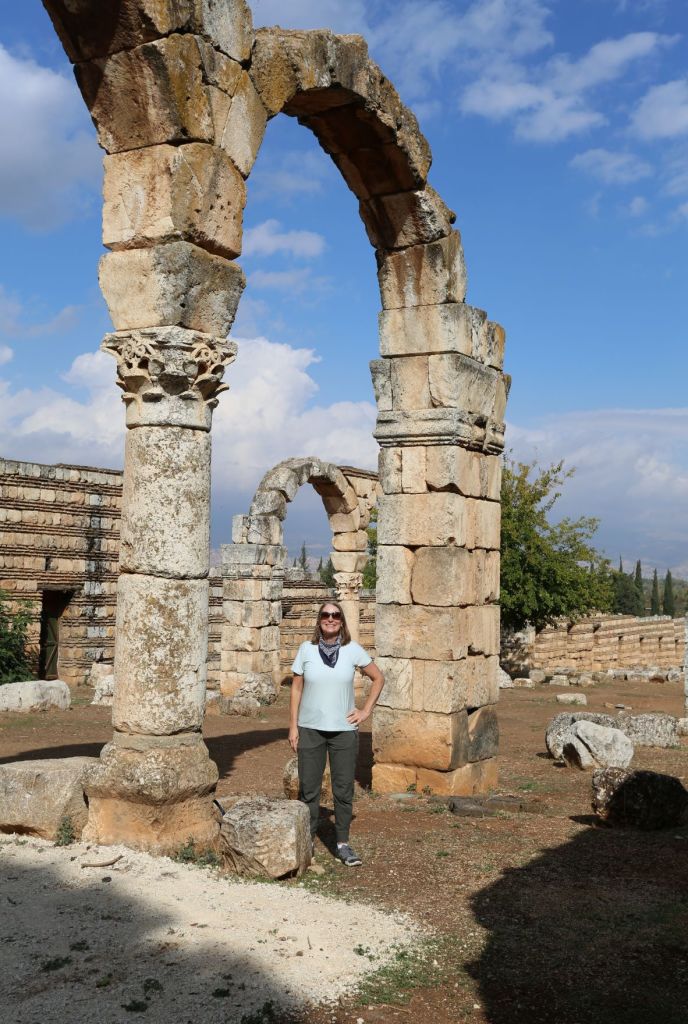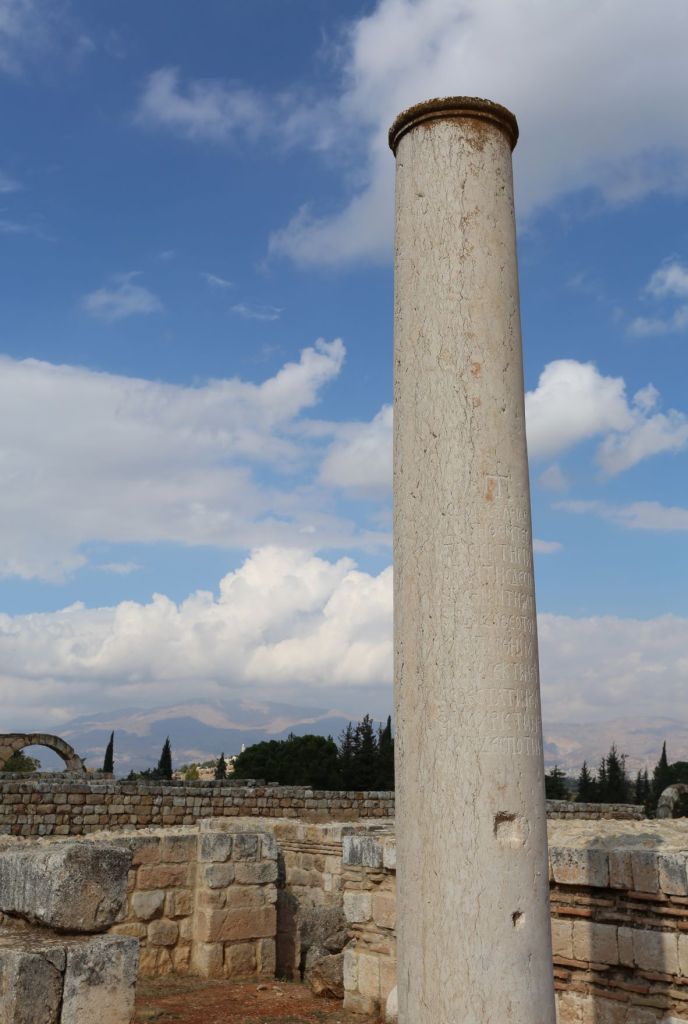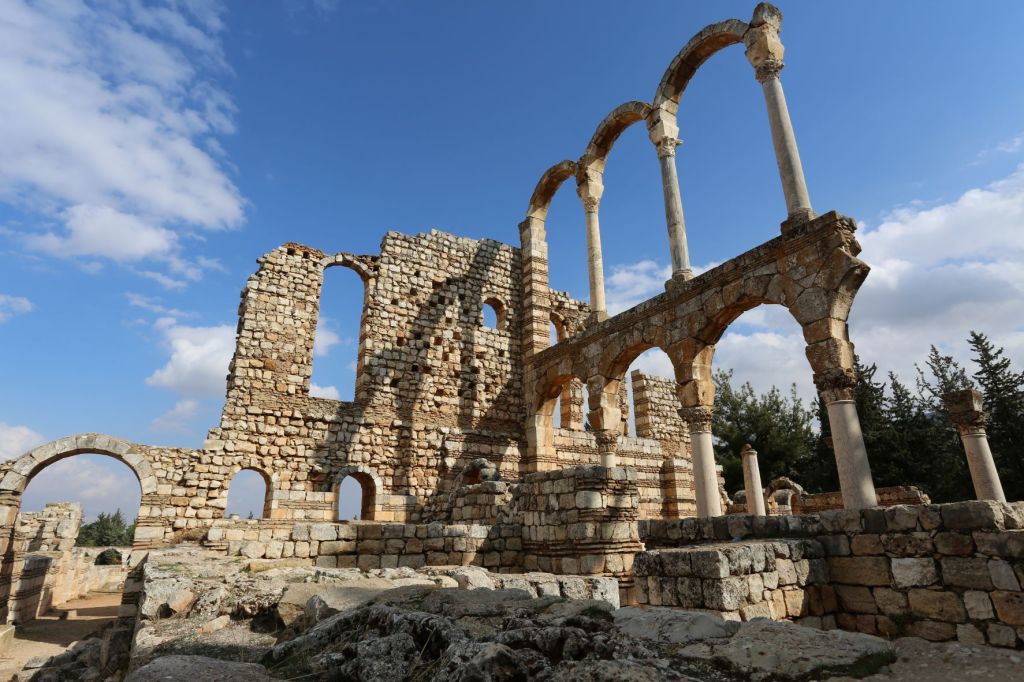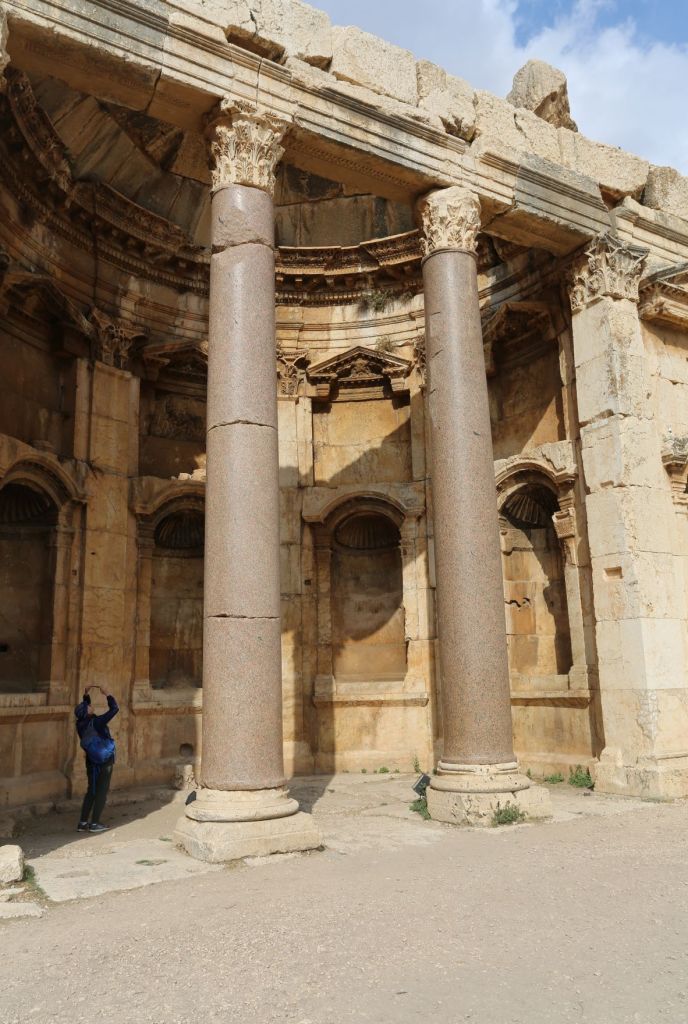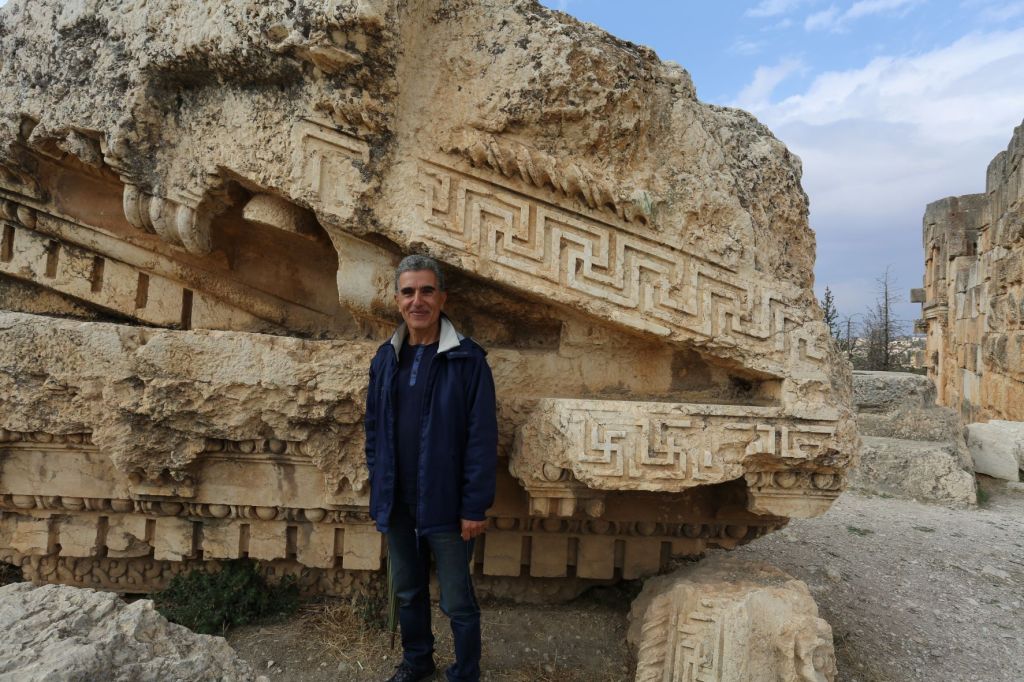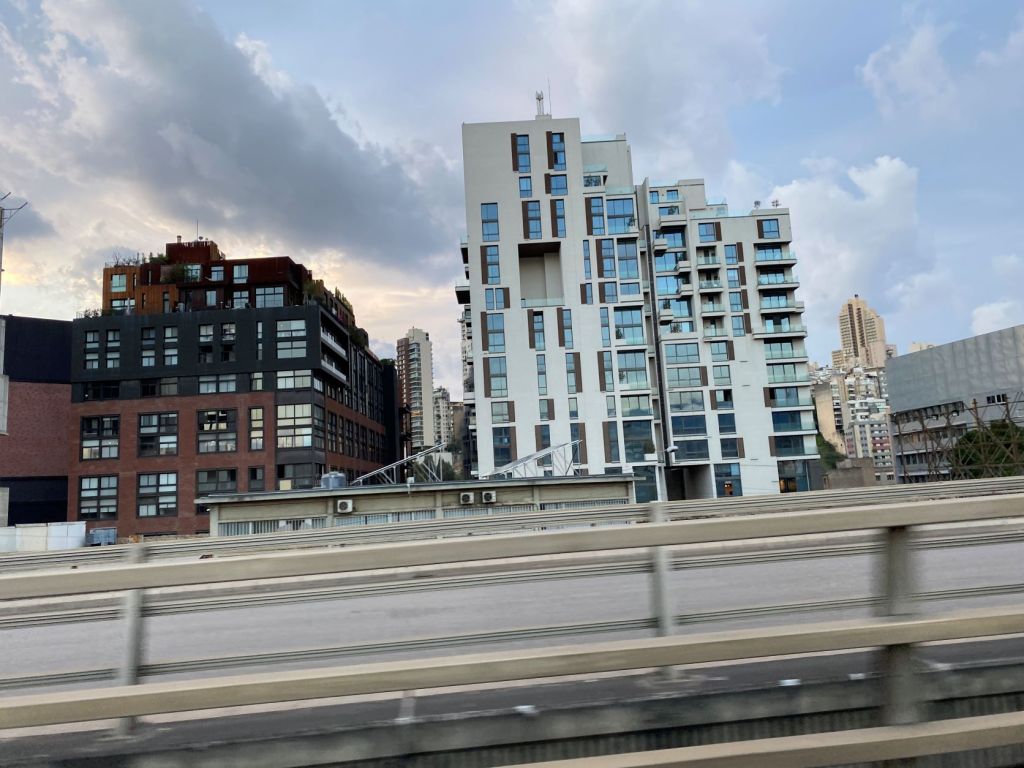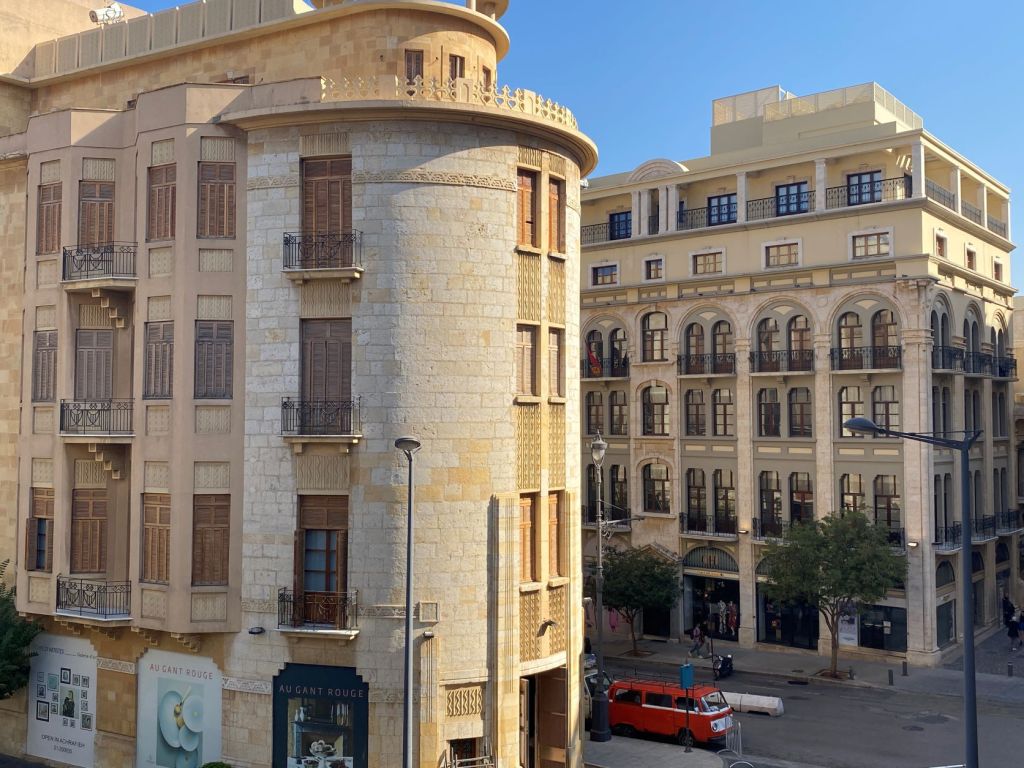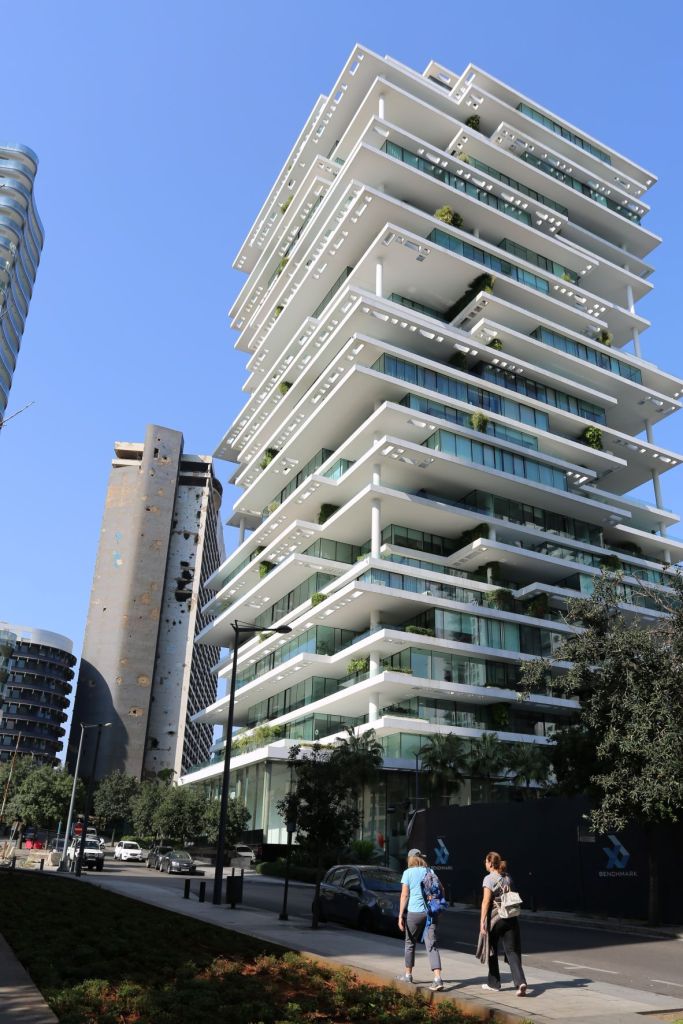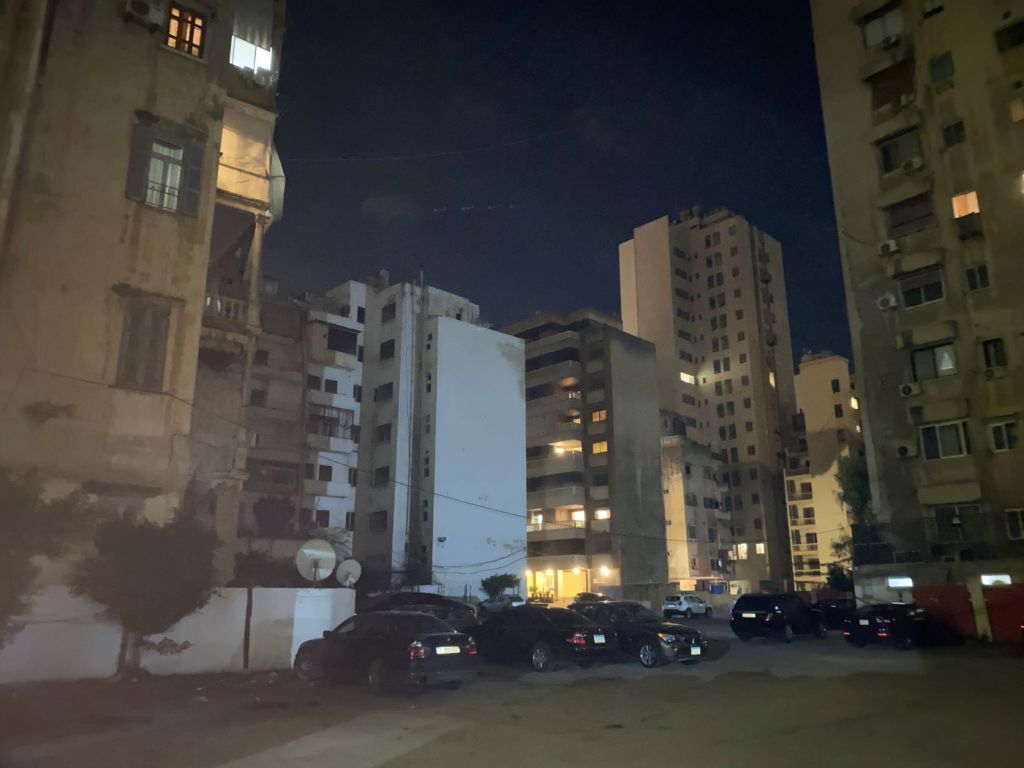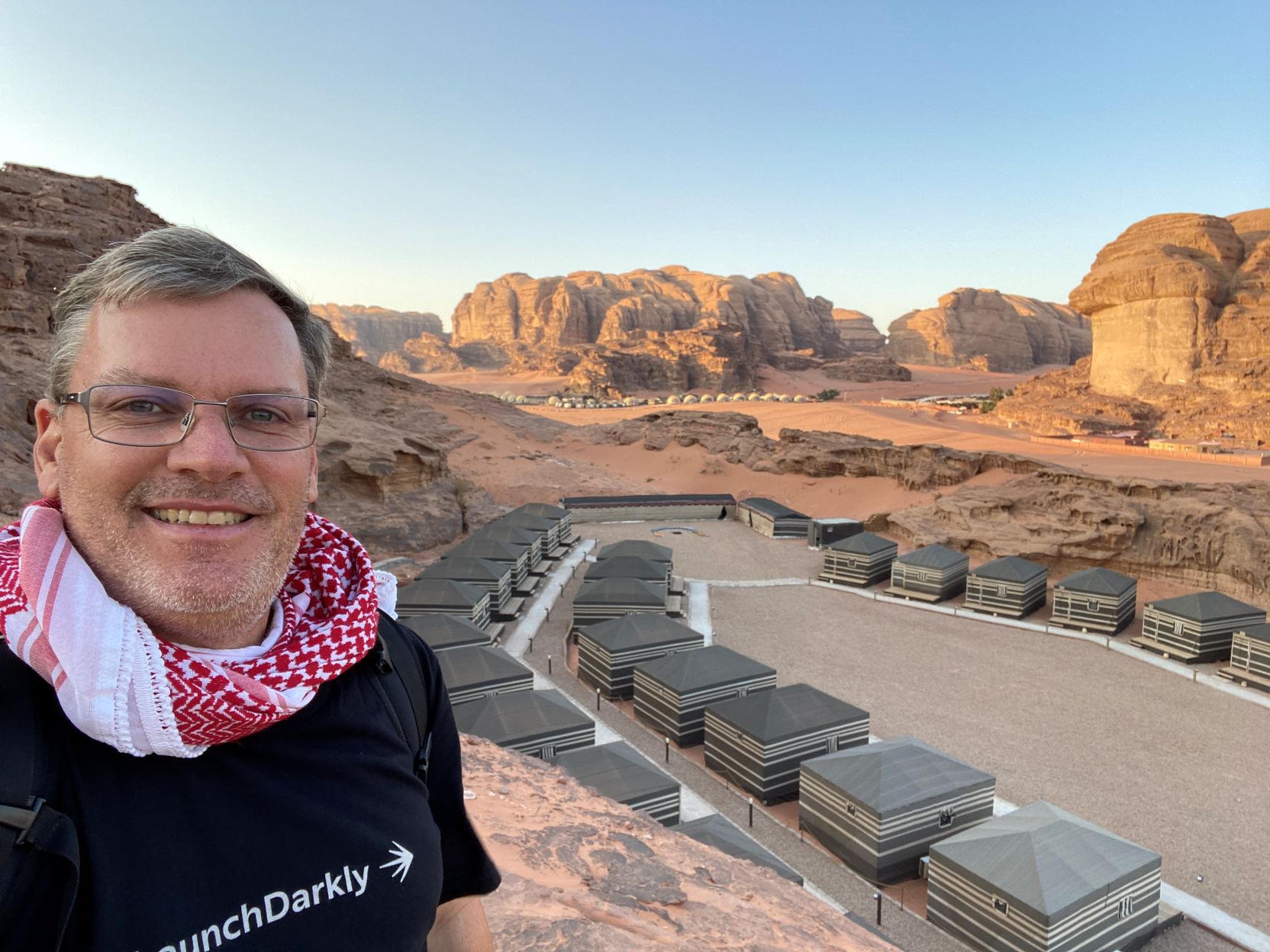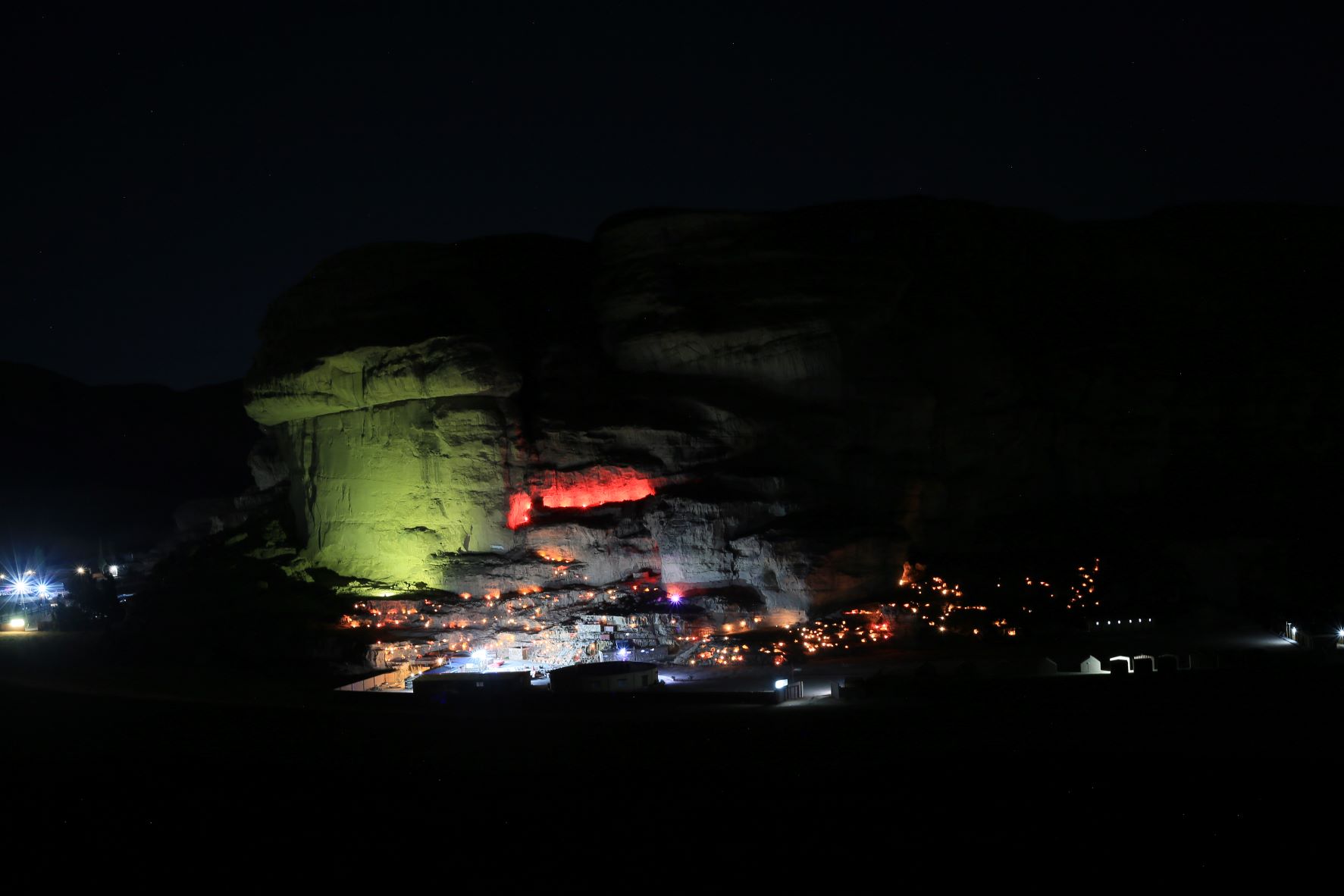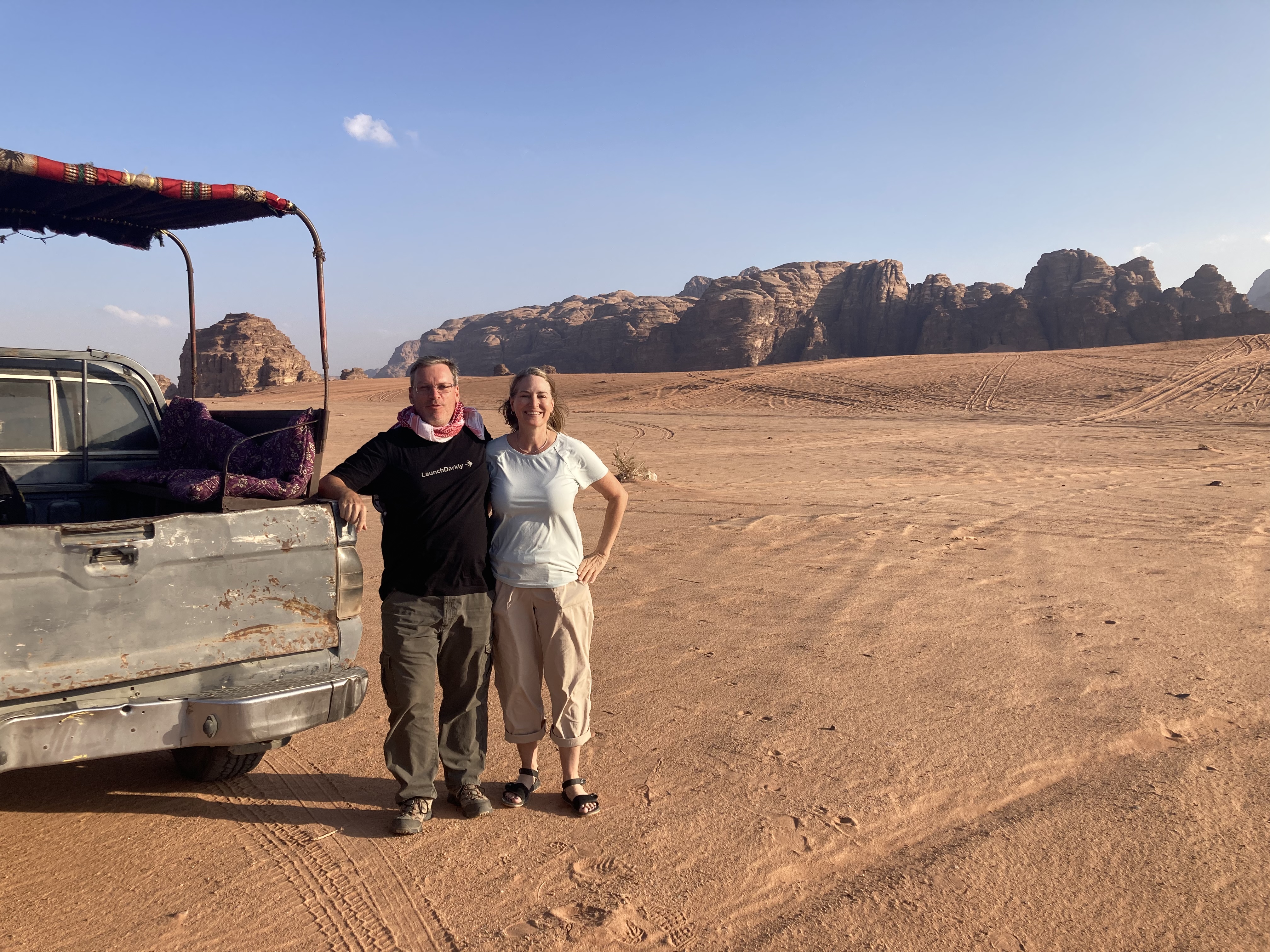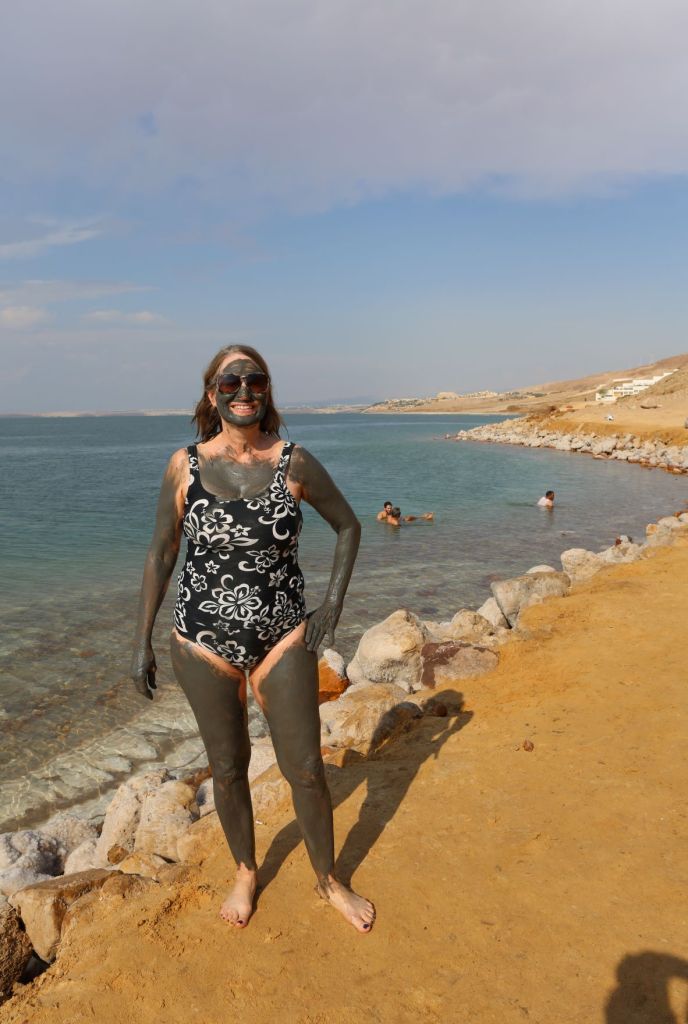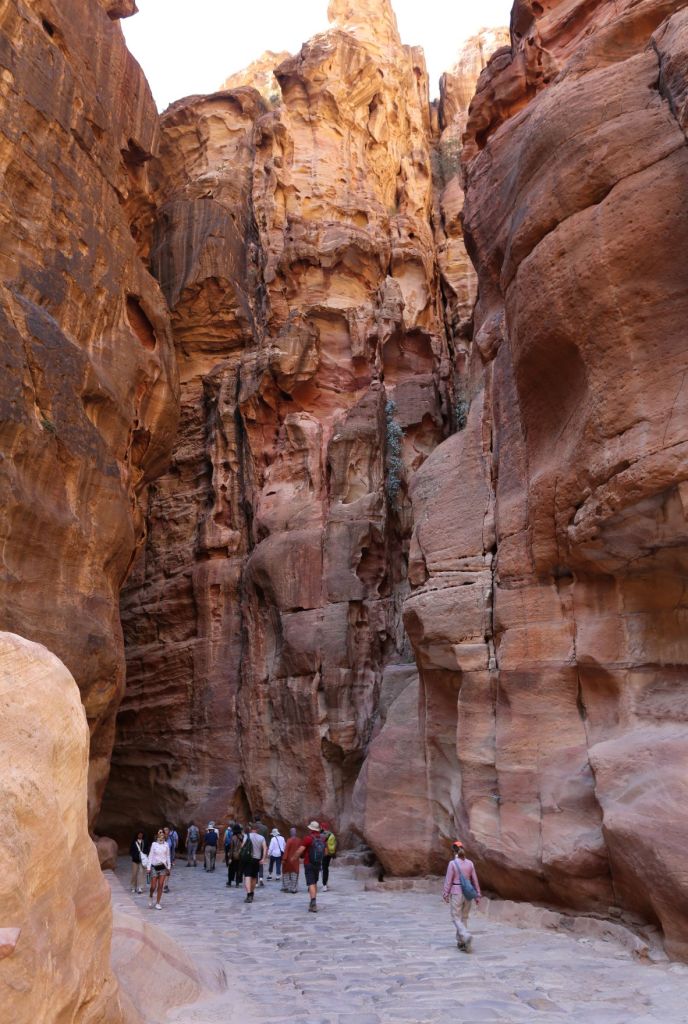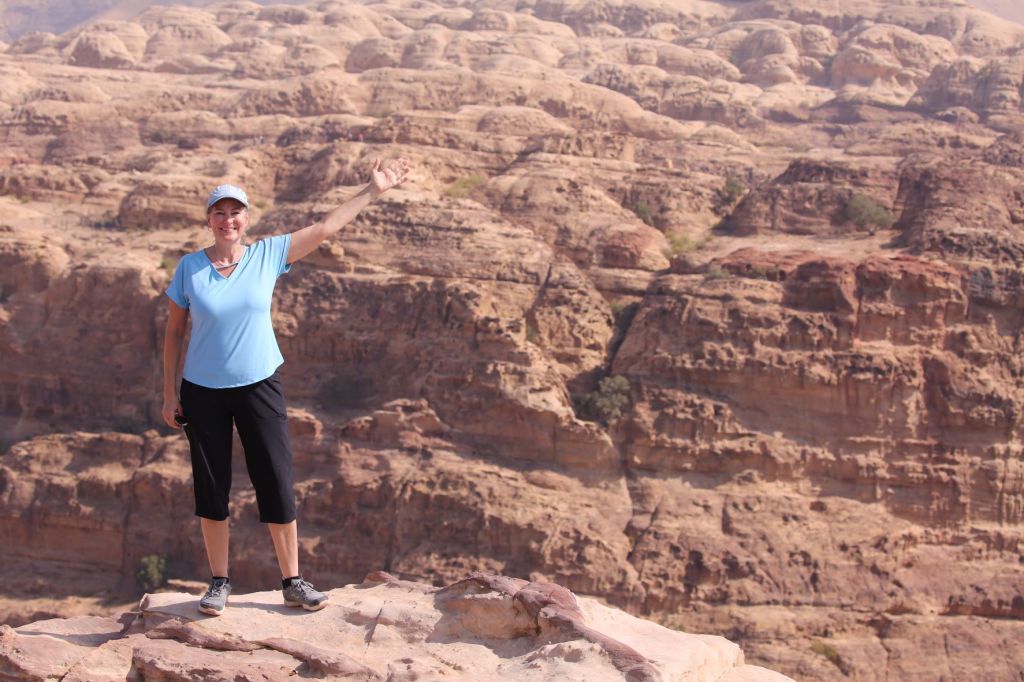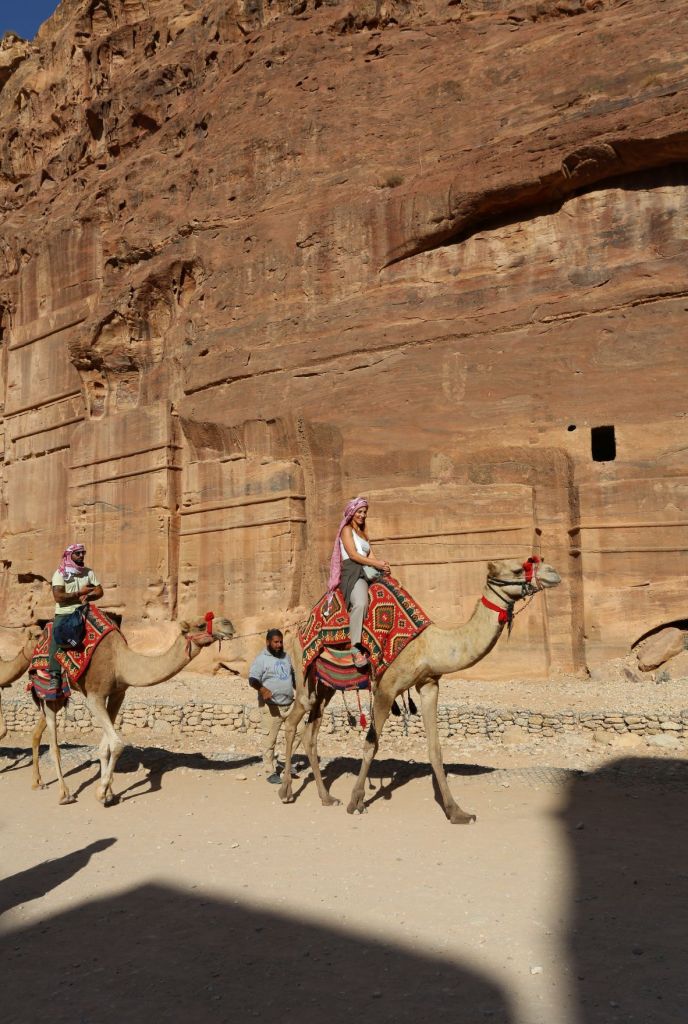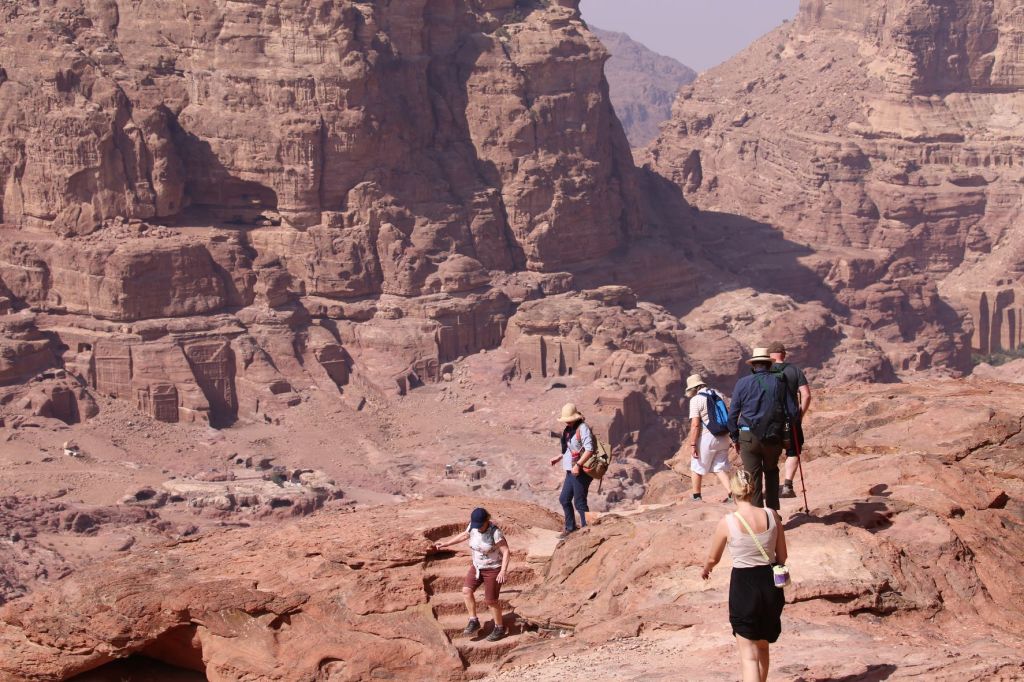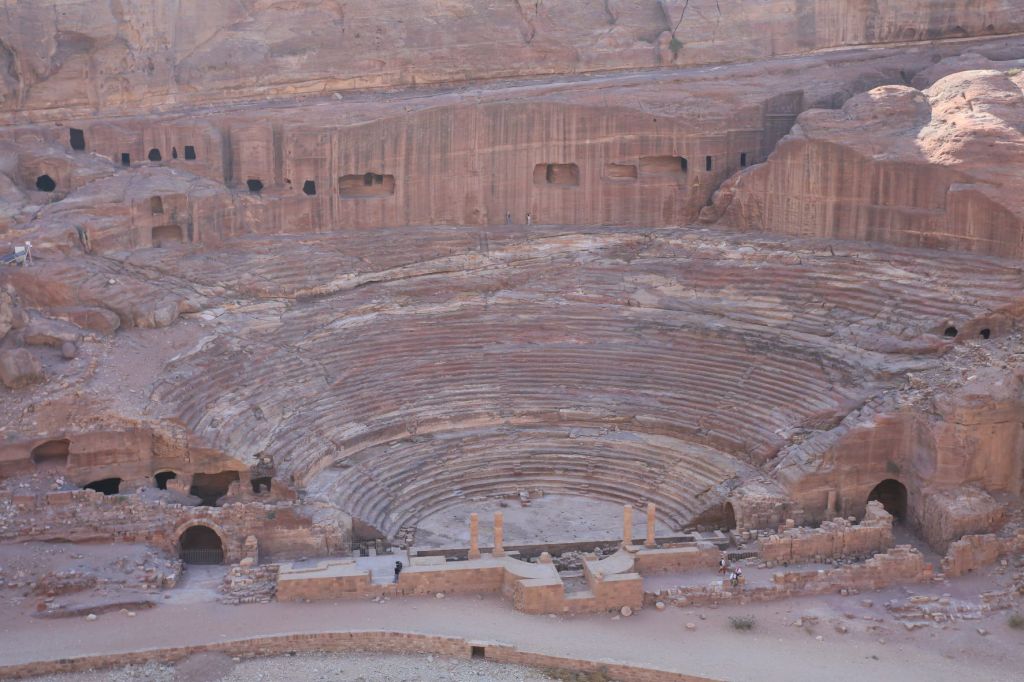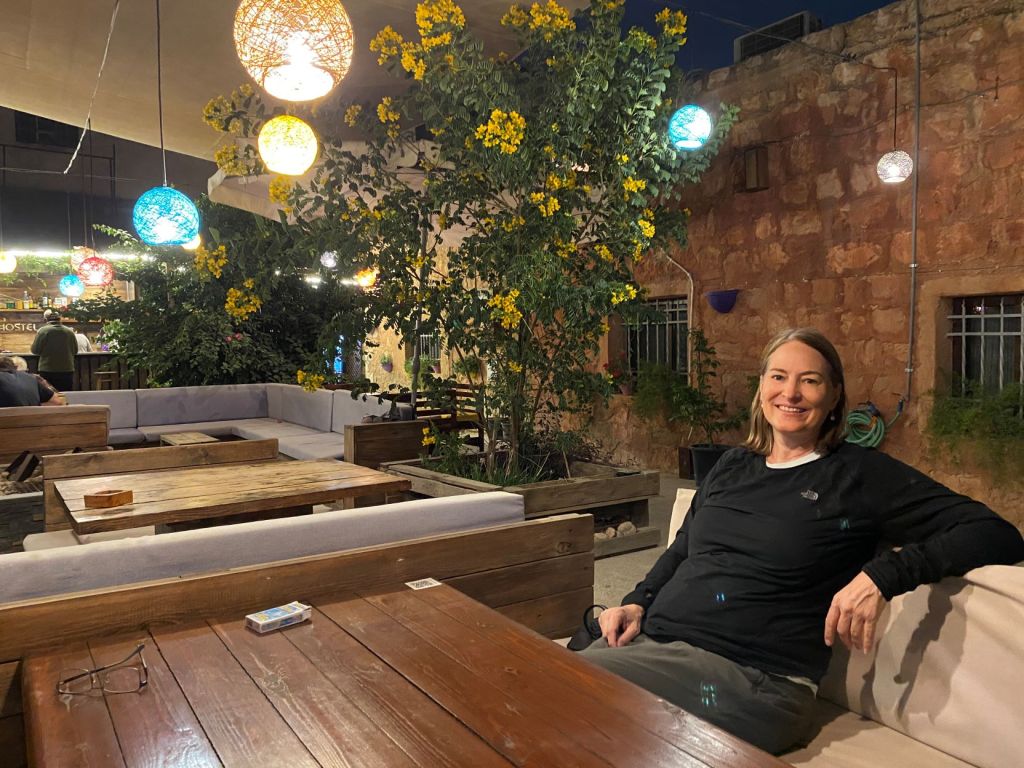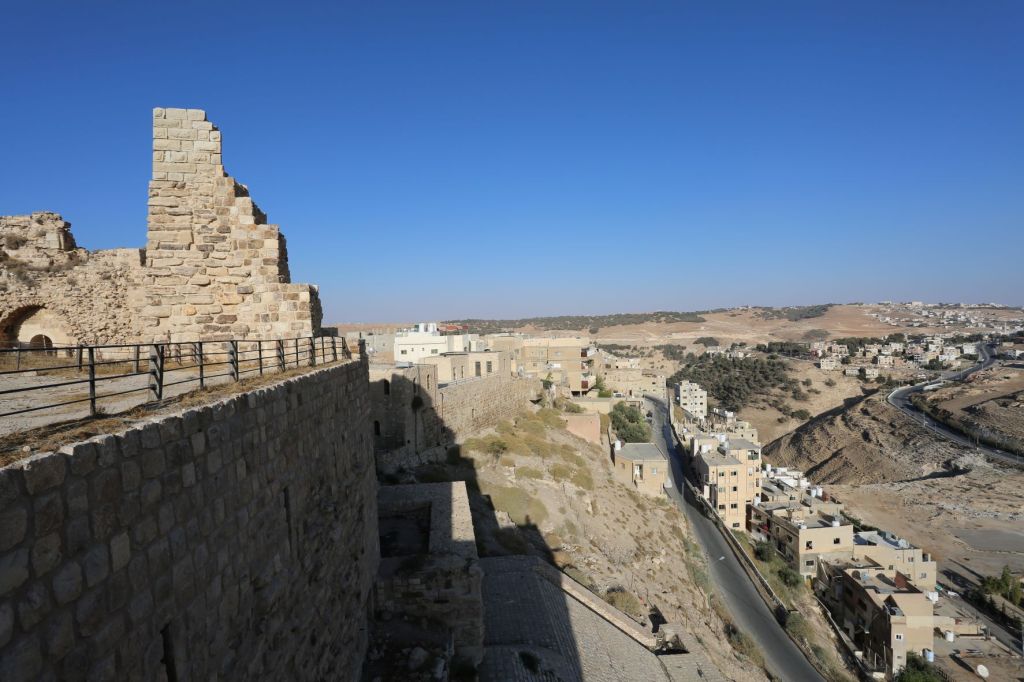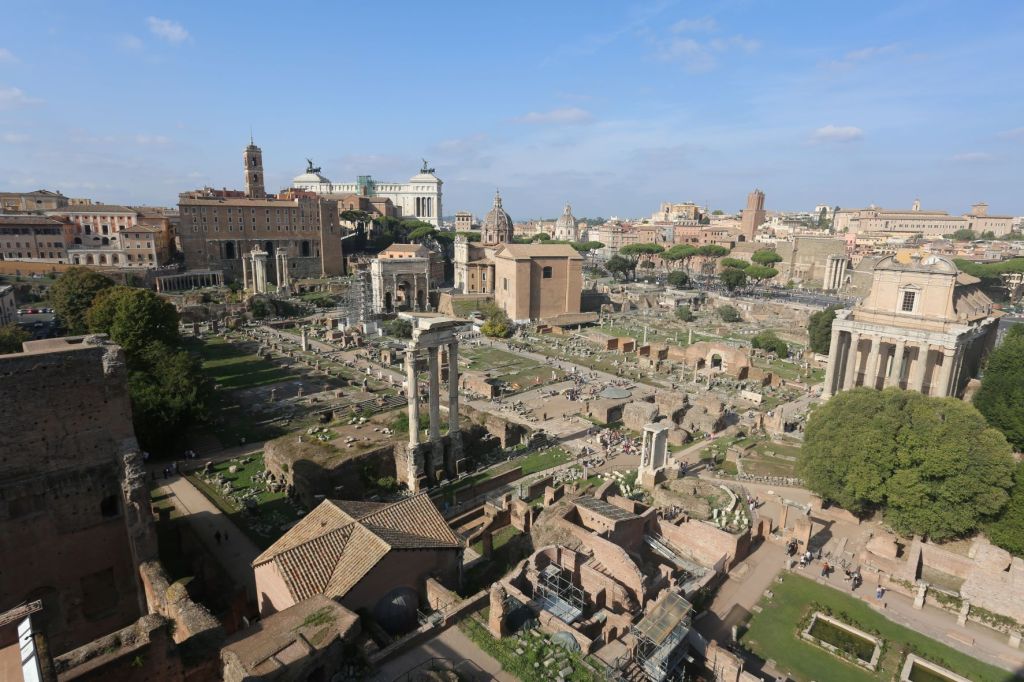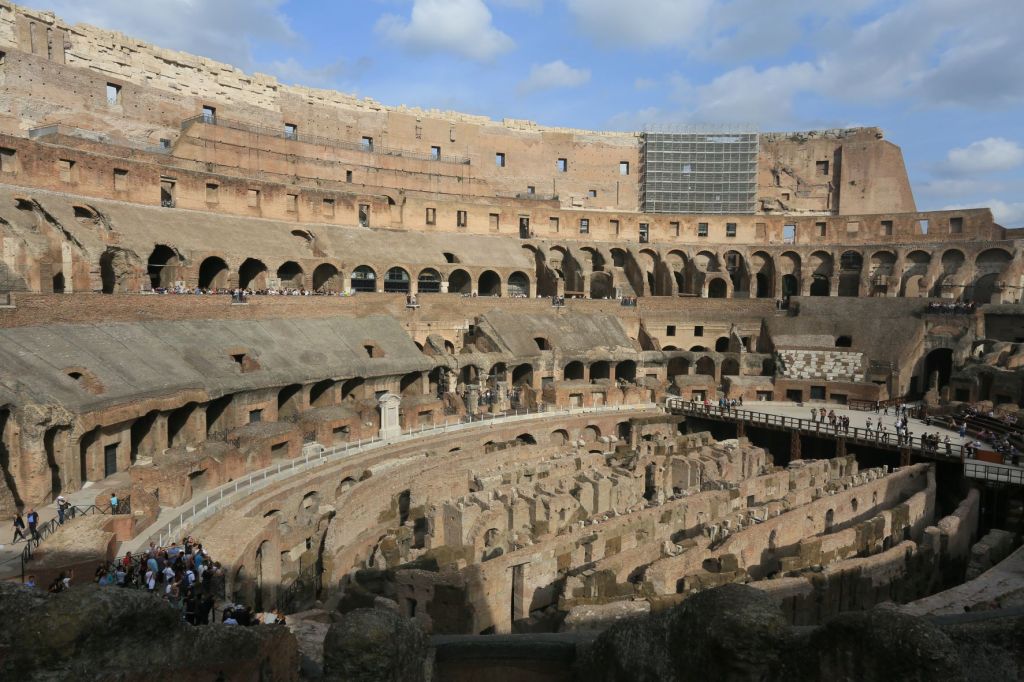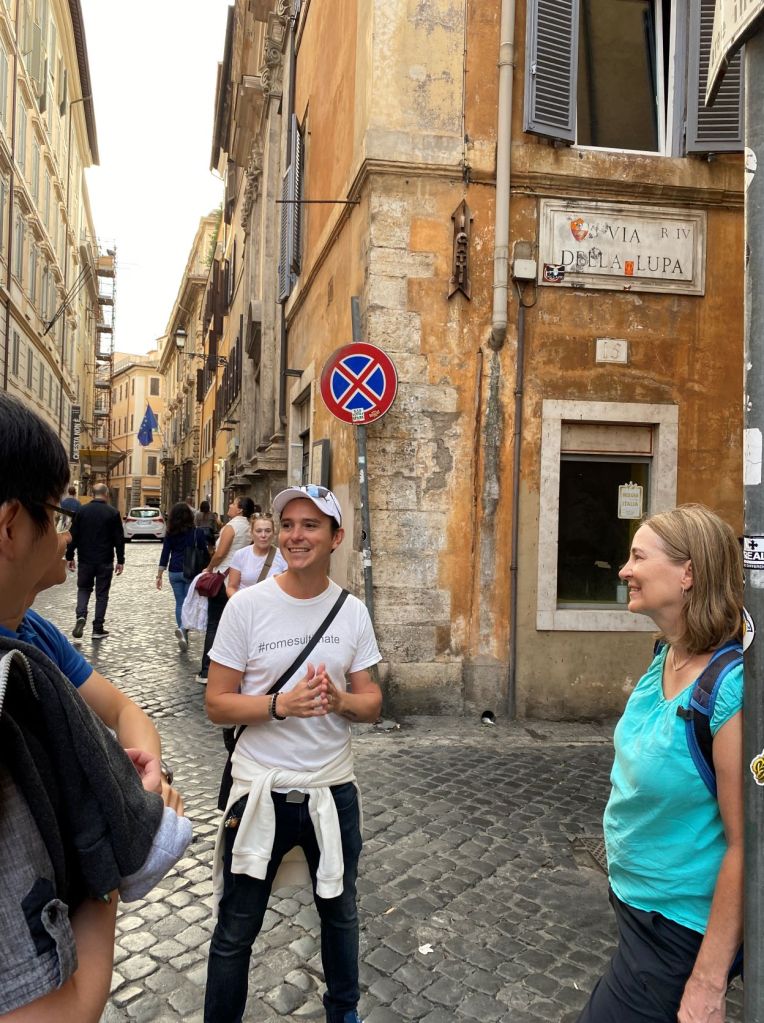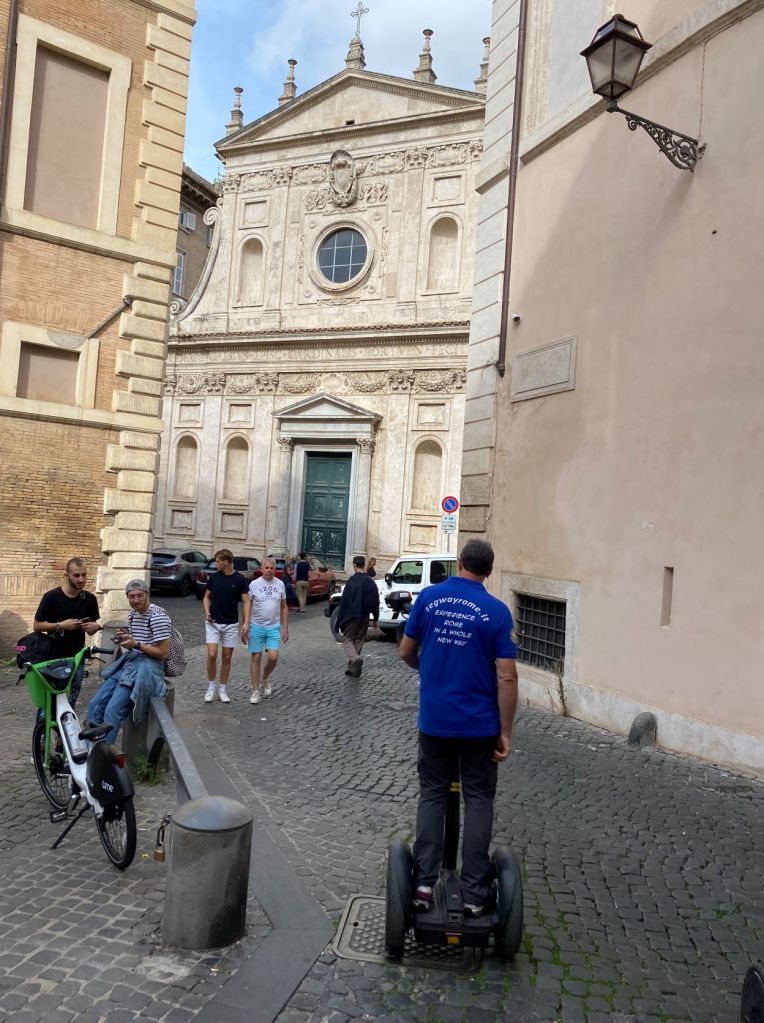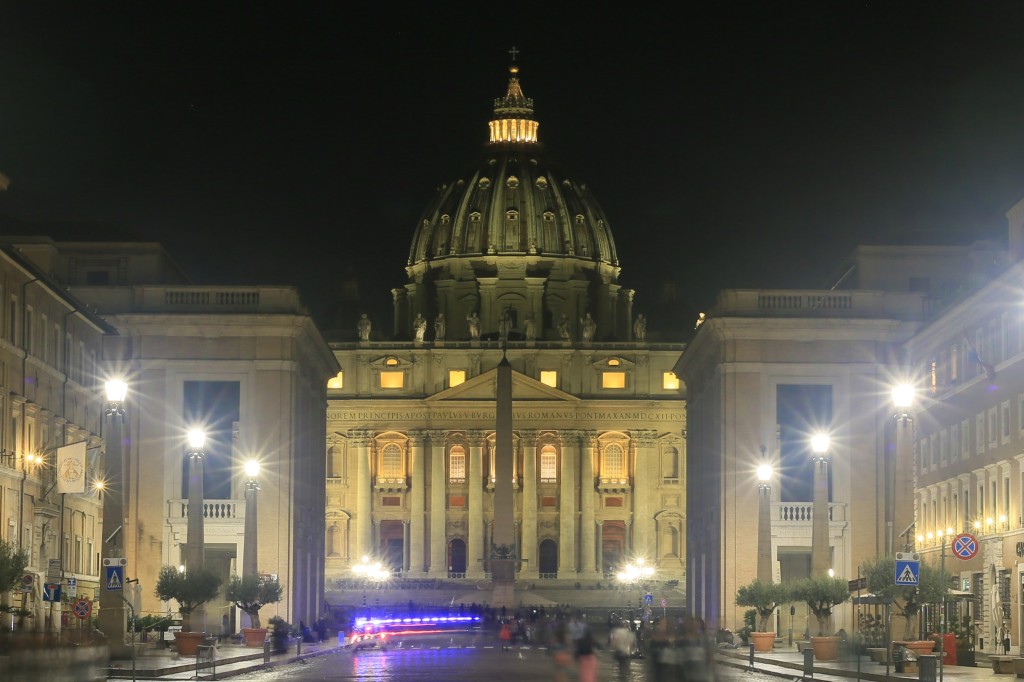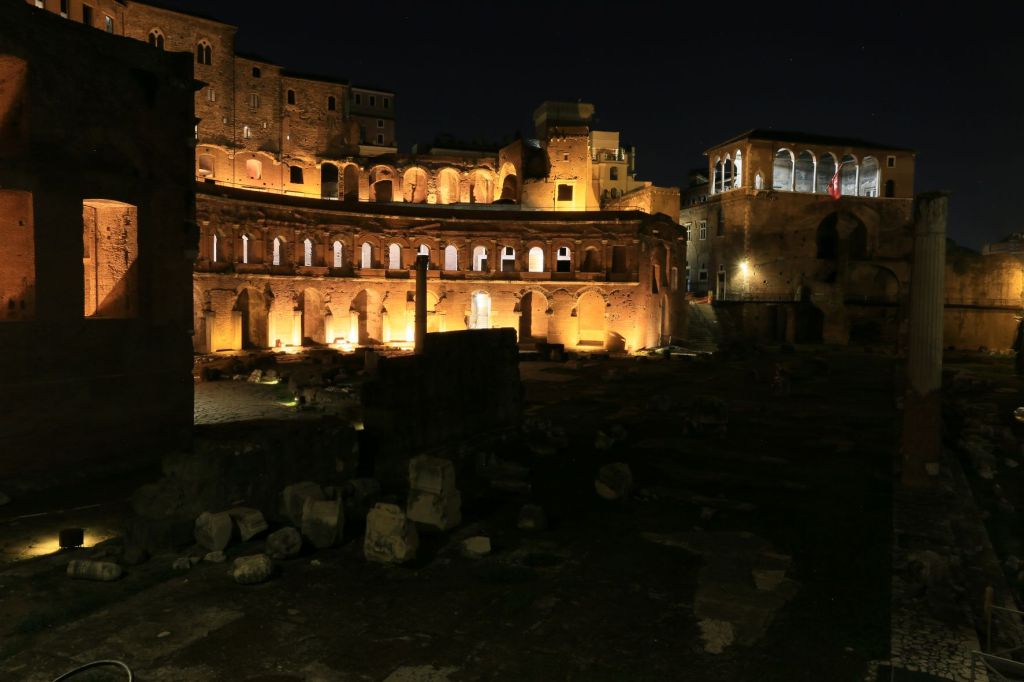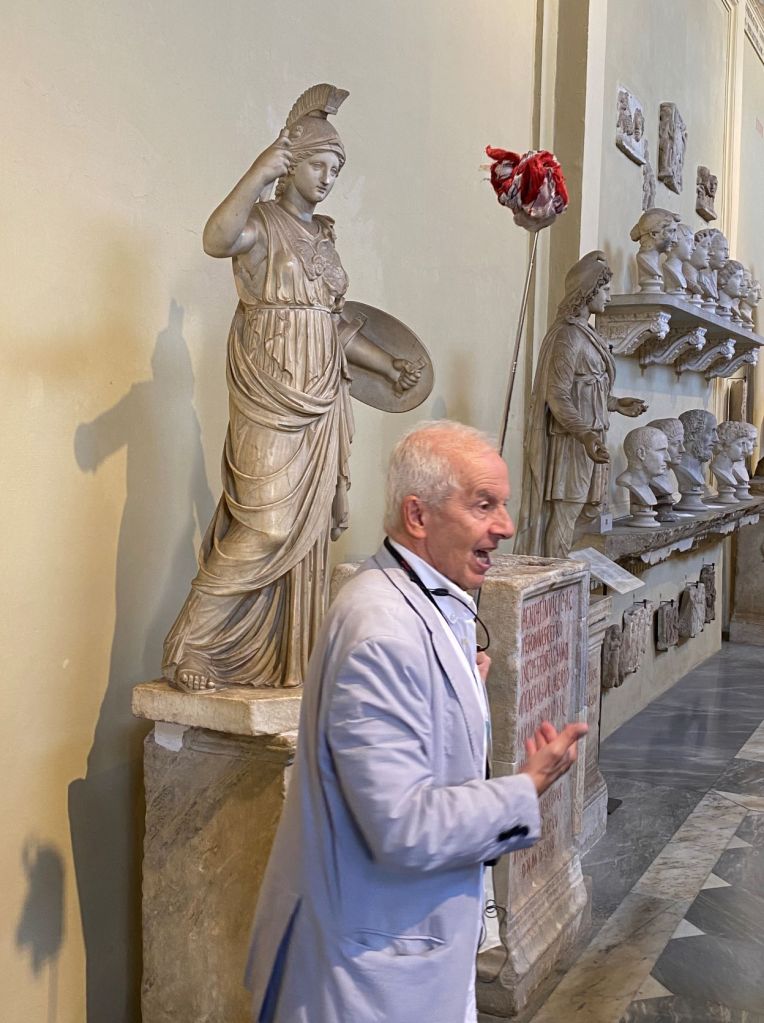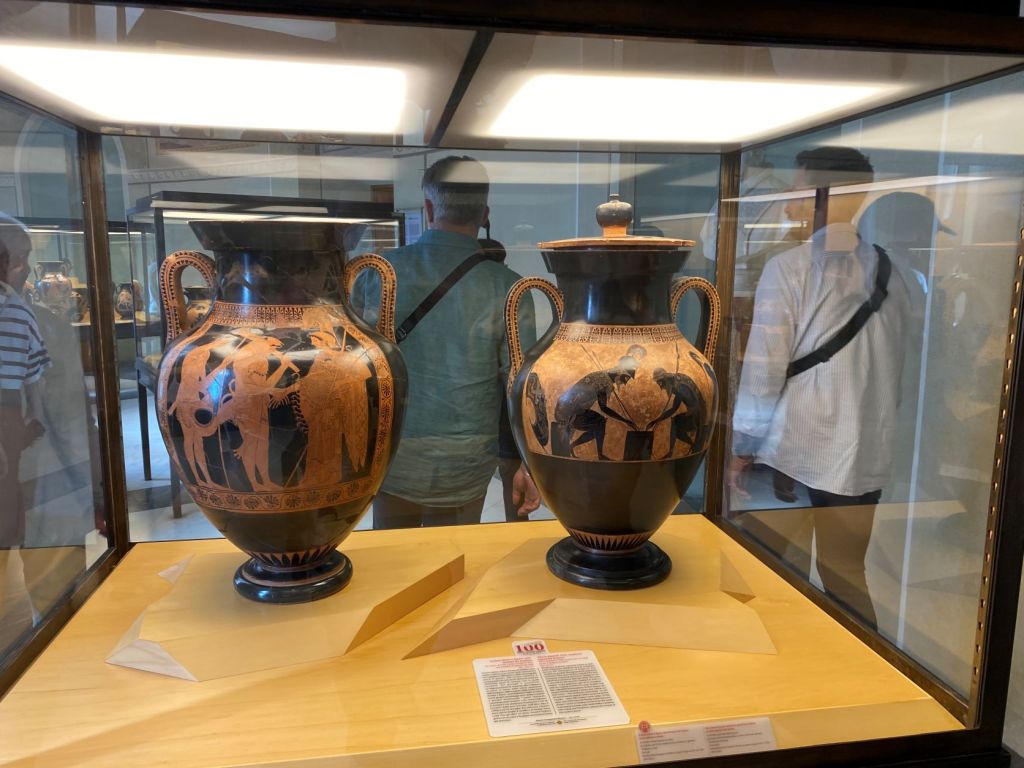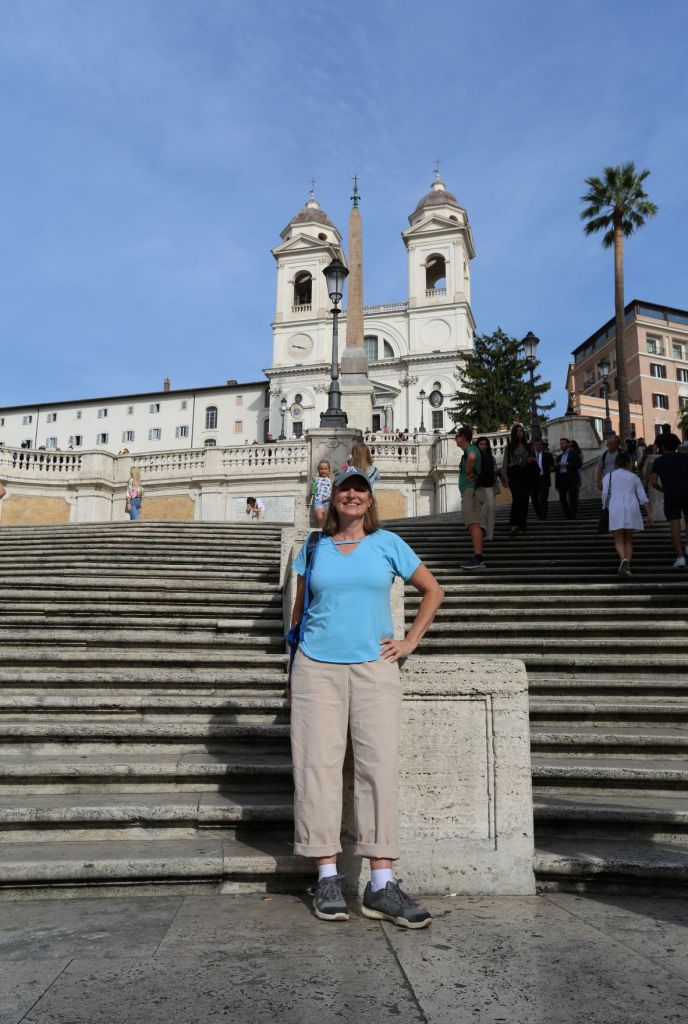We drove through and saw Nazareth[1] (the boyhood home of Jesus, not the one in Pennsylvania or the Scottish band which sang “Love Hurts”), where because it was Sunday there was very little happening. Still, we visited the church which sits on the traditional site where Mary was apparently told by Angel Gabriel that she would be the mother of Jesus, and the spot where Mary supposedly used to fetch water. For two non-religious folks, it was a bit of a letdown.


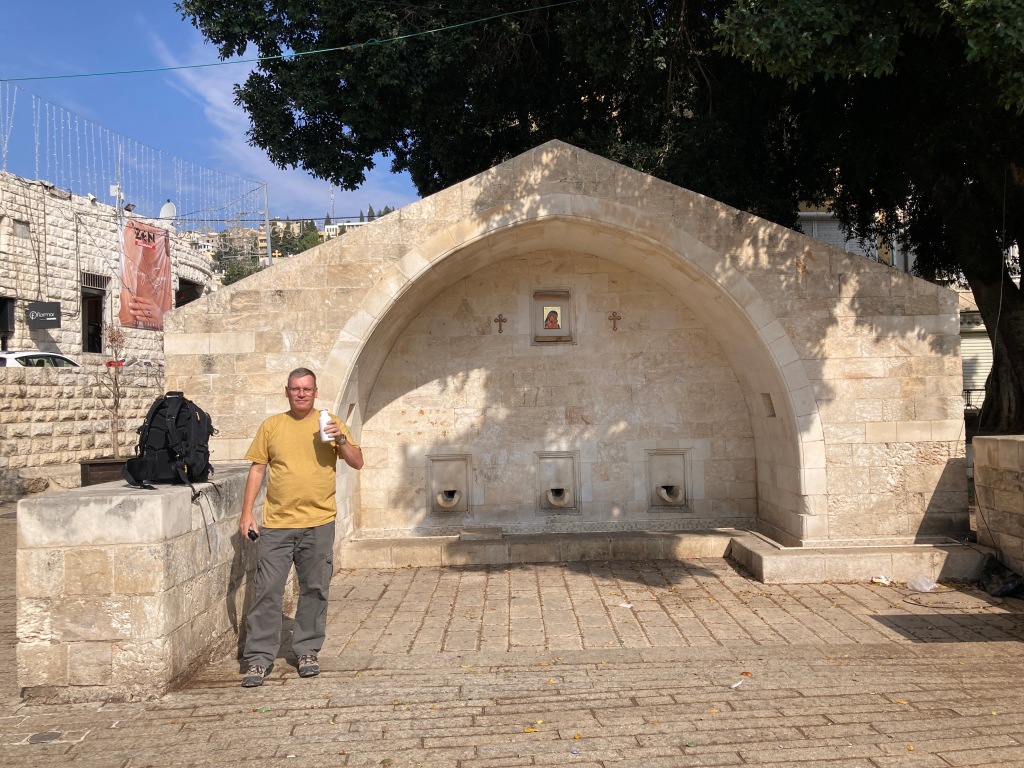
Then, after a stop in the dessert (already posted, it was on to our last destination, Jerusalem, we drove our trusty Hyundai Versa toward Jerusalem, we noticed a change in the topography, leaving the relatively flat desert for hills covered with trees.
We also saw that Jerusalem is under construction. Like, seriously under construction. We had to navigate torn up city streets for a mass transit project, which was not a treat (thankful for automatic transmission in this car); and everywhere we turned throughout our stay we saw building cranes. This old city is modernizing. We made the short walk with all our gear to the Abraham Hostel, the same organization which housed us in Tel Aviv and a true haunt of independent travelers. After doing some laundry we headed over to the Machane Yehuda market a few blocks away.



On our first full day, we explored the old walled part of the city with more rigor. No one is going to accuse me of being a scholar of religion, but I remember enough to have recognized some of the names recounted by our guide Gabi during our extensive walking tour of the old city. We saw highlights from the major religions that share Jerusalem: the Western Wall (Judaism), the Dome of the Rock (Islam), and the Walk of Sorrows to the Church of the Holy Sepulchre (Christianity).






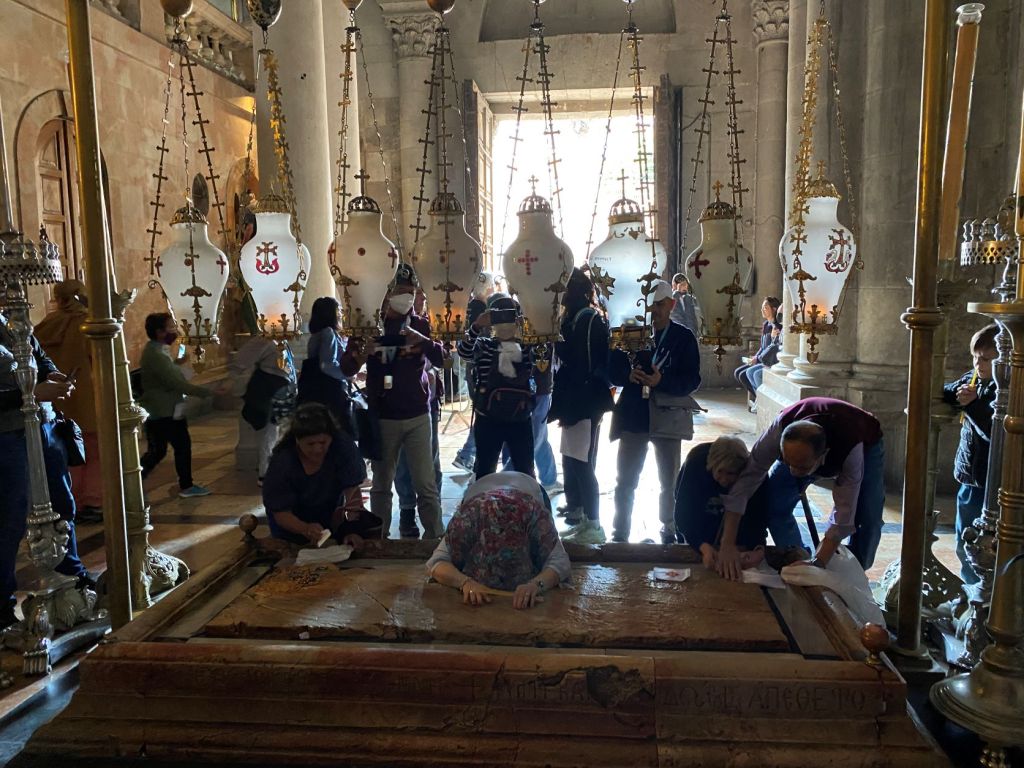

It was a long tour (including a tasty lunch) through the warren of tight lanes and alleys that comprise the four quarters inside the walls of the city (Armenian, Christian, Muslim and Jewish). The pathways were choked with shops, roughly split between selling souvenirs and goods for the locals who live there. We bought a few things, ensuring our bags would be fuller on the flight home.









On our final day, I explored a bit more of the city on foot while Jenn took the afternoon to work on her creative writing. I visited neighboring Mount of Olives to the east, walking up the historic hill, around the sizeable Jewish cemetery and back through the valley of Jehosephat to the walls of the city. It was incredible to walk around one of the most historic cities on earth.


I had to get that walk in early, for as busy as the city was at 1 pm on a Friday (shoulder to shoulder, inching through the tightly packed crowd), by late afternoon the city near our hostel was deserted for Shabbat, which starts at sundown.

We’d been warned that Jerusalem is much more observant than other parts of the country, and after about 4pm I saw exactly one small convenience store and one restaurant open for business. Fortunately we were prepared, and cooked dinner at the hostel.



Thus ended our tour of the eastern Mediterranean. Last stop: the East Coast of the USA for Thanksgiving before returning home.
Stay tuned for a couple wrap up posts. 😀
[1]- One interesting side note: I shouldn’t be surprised that we kept running into names I vaguely recall from the bits of religious history I learned as a child. Nazareth, the River Jordan, King Herod, etc. It’s been fun to connect a few dots, and say things like “oh yeah, THAT River Jordan”; “wait, that was here?!?”; etc.




